| Treechange At this second, The oak is as still As an emerald, undiscovered Deep in dark pockets of rocks. Not a leaf moves, Though the woodpeckers, ruby headed, Call at dawn, And the clock chimes seven times. But the clouds have shifted in the distance, Slipping from the gray Of dark water pearls To the flicker of opals, embering. Now we see the slightest sway In a cluster on the east edge. It shudders from leafgroup To leafgroup, leaping at last To a tree shiver, Shaking the trunk Even to the deep place in the dirt Where everything began. So it is when April Starts her breath of change. |
Breakfast has always been my favorite meal, even back in my late teens when my preferred breakfast was Rice Krispies with whole milk and loads of sugar on top or perhaps doughnuts with coffee. I’ve learned a lot about the nutritional importance of breakfast since then, and my eating habits have certainly changed. Currently, the breakfast I enjoy most is Almond Granola, which I make myself. (You can find the protein-packed recipe in my June 2020 blog.) I like my granola with vanilla yogurt or soy milk, and if fresh berries or bananas are available, they are a great addition to this simple starter of the day. My husband Wayne and I also add green juice fortified with flaxseed meal and a hot cappuccino to the first meal of our day.
Now that spring is here and everyone is planning spring breaks, road trips, long weekends and long-distance vacations, many of us will be eating breakfast in far away and unfamiliar places. My May 2018 blog, “Breakfast in San Diego,” introduced you to several innovative restaurants which serve the healthy and hearty breakfasts we enjoyed on our many California road trips to historic San Diego, one of my favorite American cities. For me, one of the true joys of travel is experiencing the flavors, ingredients and preparation of foods that are not available or included in the culture and cuisine where I live. Breakfast away from home is a delightful way to explore life-long learning. And in my world, whether at home or away, skipping breakfast is unthinkable!
Many of my travel blogs have included detailed descriptions of the breakfast menus in the places I have visited. The traditional English Breakfast, for example, described in my August 2022 blog, “The latest from London, Part III,” lists the astounding volume of food that is routinely consumed every morning in England: bacon and eggs, several types of sausage, mushrooms, sliced tomatoes, baked beans, cheeses, buttered toast with jam and a strong pot of tea. In July of 2023, my blog about Osaka details the traditional Japanese breakfast, which invariably includes, rice, grilled fish, miso soup, pickled vegetables, seaweed, a small, rolled egg omelet or perhaps an onsen egg (recipe included,) and a pot of green tea.
In Germany, I was stunned and delighted by the variety of cheeses, soft, hard, cow’s milk, goat’s milk, and more, available for breakfast along with freshly baked hearty brown bread filled with seeds, nuts and other fiber-packed delights along with boiled eggs, yogurt, muesli and piles of butter, cherry preserves and other fruits and jams.
One of the most interesting traditional breakfasts I discovered in my travels, was Ful Medames (also spelled foul or ful mudammas), pronounced and often referred to simply as “Fool,” the ancient and hearty Egyptian breakfast. Ful is a thick fava bean stew, flavored with cumin and olive oil and simmered for many hours to develop the flavors and texture. In rural areas, making Ful is a daily community celebration. Individual families donate their portion of beans to the huge outdoor communal pot, and after the stew cooks overnight, everyone arrives in the morning with their soup bowls to enjoy a delicious breakfast, filled with fiber and protein and to share the news of the day with their neighbors. Ful can also be elevated to a more sophisticated level by including additional flavors and ingredients such as lemon juice, parsley, onions and garlic to the basic mix. Boiled eggs are also frequently added to this homey breakfast menu, along with freshly chopped tomatoes and cucumbers and freshly baked pita bread for a bright and classic Mediterranean morning meal.
What do these diverse breakfasts available in various locations throughout the world have in common? They are all designed to get humanity out of bed and ready for the day’s work. And each of these basic breakfast menus has stood the test of time by providing protein, carbohydrates, calcium, vitamins and fiber for energy and stamina throughout the day. Additionally, breakfast has an affinity with Afternoon Tea, which provides not just companionship and pleasant conversation, but also a boost in the afternoon when our energy may be flagging but we still have dinner to prepare and our domestic tasks to complete before bedtime. Like breakfast, Afternoon Tea provides both savory and sweet food to enjoy along with a selection of breads and an invigorating hot beverage. And both contain the protein and carbohydrates we all need to thrive.
While Teatime comes to the rescue in the afternoon, some of us also need a mid-morning pick-me-up. This is where the coffee break comes in, and along with the coffee break, the wonderful invention, Coffee Cake, provides something sweet, but not too sweet, to enjoy along with our second (or third) cup of morning coffee. I was surprised to learn that Coffee Cake has been around since the Seventeenth Century. In the 1600’s, coffee was introduced to Europe, and simultaneously, the northern European countries, especially Germany, Austria, France and Denmark, experienced a boom in gourmet baking and pastry making. We have all admired the exquisite elegance of flaky Danish pastries, German strudel, and French croissants. Austria is also famous for its coffee houses, serving elegant little pastries such as Sacher Torte, to accompany steaming hot and beautifully presented cups of coffee. For a gentle cruise down memory river, feel free to re-read my October 2016 blog, “Dining on the Danube,” which includes a menu of classic coffee and desserts served along the Danube from Austria to Hungary.
Some people mistakenly assume that Coffee Cake is a coffee-flavored cake. No. Coffee Cake is a cake specifically developed to be eaten to enhance the enjoyment of drinking coffee. Coffee Cakes are usually a single layer, and they are not iced with butter cream or any other kind of frosting. Coffee Cakes are deliberately less sweet and more bread-like than the sweets served as after-dinner desserts or to accompany the savories at Afternoon Tea. Coffee Cakes often contain local seasonal fruits, such as cherries, apples, or cinnamon and nuts, all of which harmonize well with coffee. Streusel, which is not overly sweet, is often the topping for Coffee Cake. I like Coffee Cake, and I believe that whatever its original purpose may have been, it should always be welcome at breakfast, brunch, coffee break or Afternoon Tea. And why not serve Coffee Cake after a hearty dinner?
As spring flourishes all around us and fresh fruits and berries begin to appear in the markets, I am happy to share with you a delightful recipe for Blueberry-Cream Cheese Coffee Cake. I found this recipe in the January 2005 issue of Sunset Magazine and have baked it numerous times over the years. It is easy to make and has never failed. It also brings a bright and festive air to any special occasion. It will make breakfast more blissful than ever, and it can sit on your tea table, along with the scones and feel right at home.
This recipe calls for either fresh or frozen blueberries, but you should feel free to substitute raspberries, cherries or any other fruit that fits the season, the occasion or your family and friends’ preferences. The fruits or berries will be cooked and made into a filling for this luscious, cheesy Coffee Cake, so you will need to cut larger fruits or berries into small pieces if you are not using blueberries. This attractive cake can be served still warm from the oven or at room temperature. If you are serving it for breakfast or brunch, you can make it the day before and keep it covered at room temperature overnight. You might want to re-warm it slightly in the oven before serving it. Be sure to place it on an attractive cake pedestal and offer good quality butter nearby for those who love their Coffee Cake slathered with butter.
- 1 cup fresh or frozen blueberries
- ¼ cup apple juice,
- 1 teaspoon cornstarch
- 2 cups flour
- 1 cup sugar (divided)
- ½ cup (1 stick) cold butter, cut into small chunks
- ½ teaspoon baking powder
- ½ teaspoon baking soda
- ¼ teaspoon Kosher salt
- 1 lemon (1 teaspoon grated lemon peel, 1 teaspoon lemon juice
- ¾ cup unflavored yogurt
- 1 teaspoon vanilla extract
- 2 large eggs, at room temperature (divided)
- 6 ounces cream cheese, at room temperature
- ½ cup sliced almonds
- Cooking spray for the pan
- ½ cup butter at room temperature for serving, optional
Special Equipment: 9-inch springform pan, parchment, medium saucepan, rubber spatula, small bowl, food processor, medium sized mixing bowl, citrus zester or grater, citrus juicer, wire cooling rack, decorative serving platter or pedestal
Serves: 10-12
Preheat Oven to 350 degrees F. at Step 2
- Spray the bottom and sides of a 9-inch round springform pan with baking spray. Cut 2 rounds of parchment to fit the bottom of the pan and place them into the pan. Spray the parchment rounds and place the prepared pan aside. Place the blueberries and apple juice in a medium sized saucepan. Bring to a boil over medium heat; then lower the temperature and simmer, stirring occasionally with a rubber spatula, until the blueberries have released their juices, about three minutes. In a small bowl, blend 1 teaspoon of cornstarch with 2 teaspoons water and stir into the blueberry mixture, continuing to stir until it simmers and thickens, about 1 minute. Remove from the heat and cool to room temperature. Prepare the grated lemon peel and juice. Set aside.
- Pre-heat the oven to 350 degrees F. Place the flour and ¾ cup sugar into a food processor and whirl until blended. Add the cubed butter and pulse until the mixture resembles coarse crumbs. Reserve ½ cup of the flour and butter mixture and set aside. Add salt, baking powder, baking soda and grated lemon peel to the butter and flour mixture remaining in the food processor. Pulse briefly to blend. Add 1egg, yogurt and vanilla to the mixture in the food processor and pulse briefly until well incorporated. Spread the batter evenly into the bottom of the prepared springform pan.
- Place the cream cheese, remaining ¼ cup sugar, remaining egg and lemon juice into the food processor. (No need to clean after previous use.) Whirl the mixture until it is smooth. Spread the cream cheese mixture over the batter in the pan, leaving a ½-inch border bare. Gently spread the cooled blueberry mixture over the cream cheese mixture. Stir the sliced almonds into the reserved flour mixture and sprinkle this streusel over the cake, placing more of it around the edges which have not been filled and leaving some of the blueberry filling in the center visible.
- Bake in the center of the pre-heated oven until the center of the Coffee Cake barely jiggles when it is gently shaken and the top is golden brown, about 30-40 minutes. Cool on a wire rack for 15 minutes; then remove from the springform pan and place on a decorative serving platter or cake pedestal. Serve warm or at room temperature. Place leftovers in a covered container and keep at room temperature for 2-3 days.

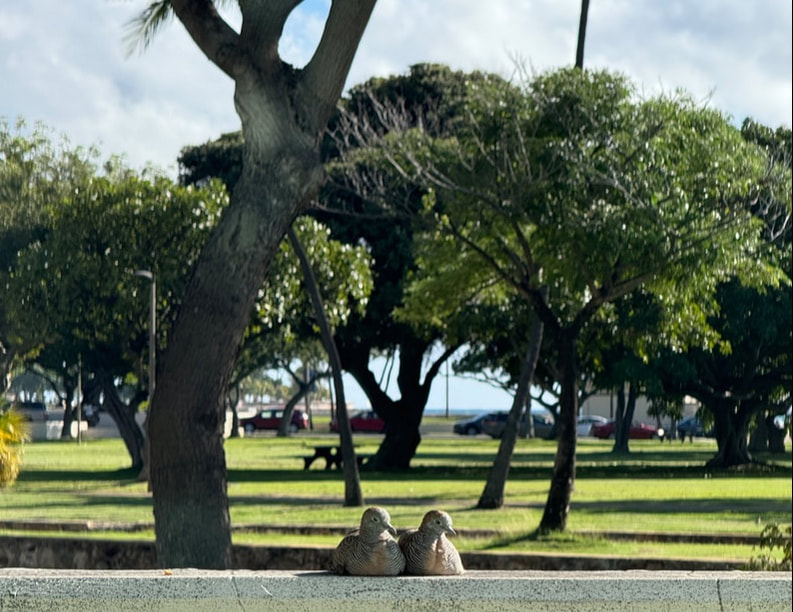


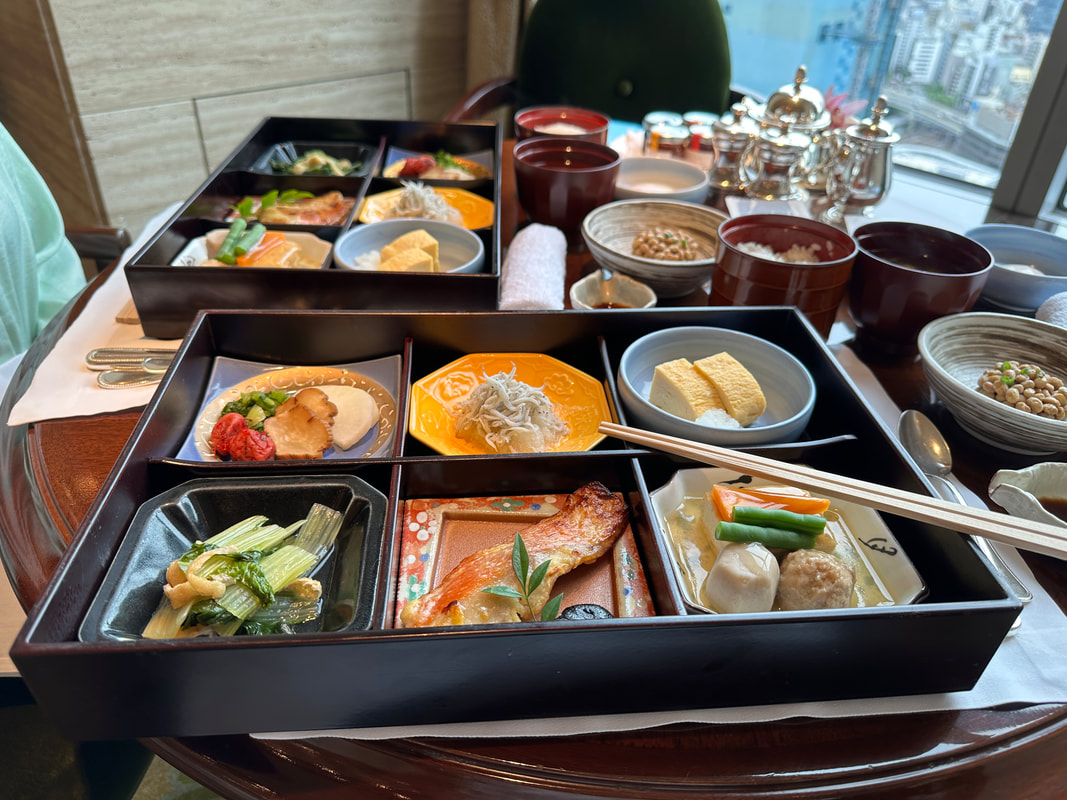

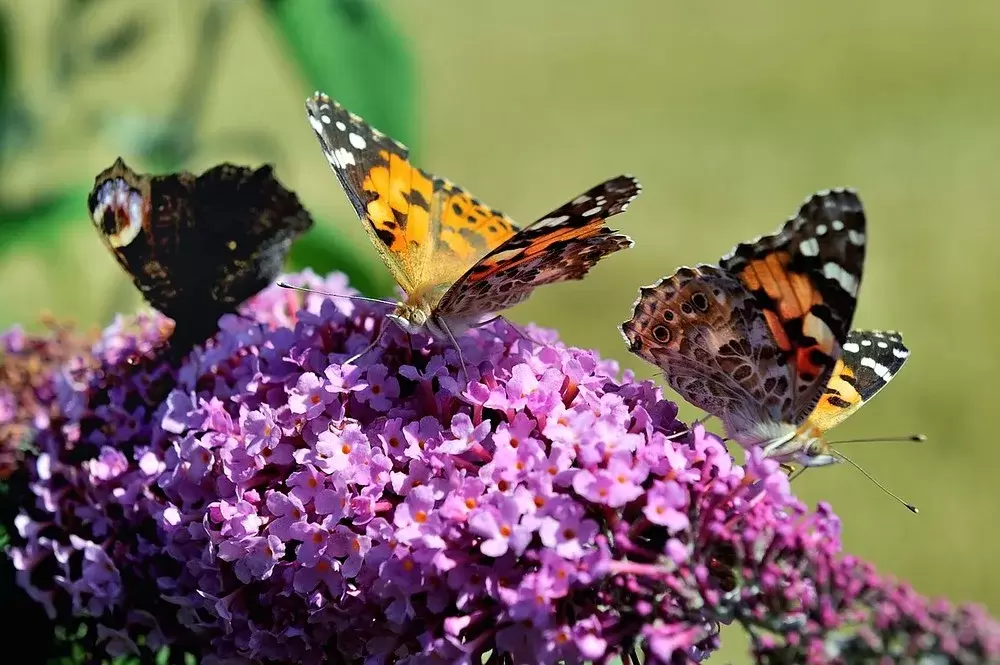



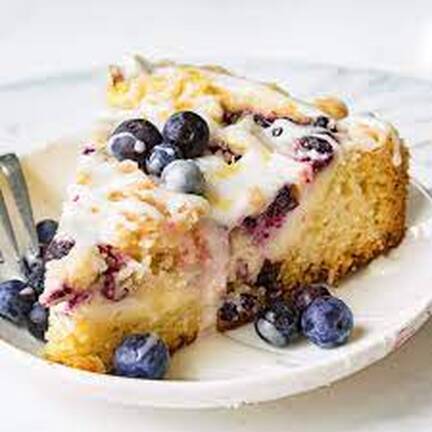
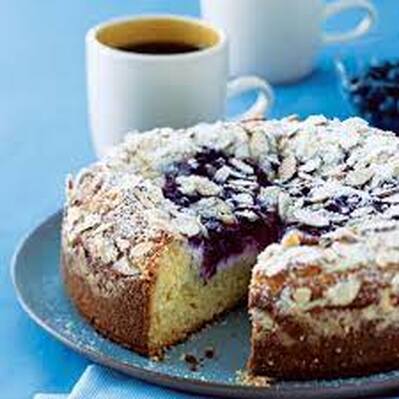







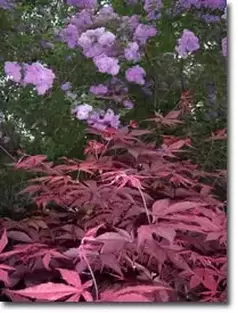
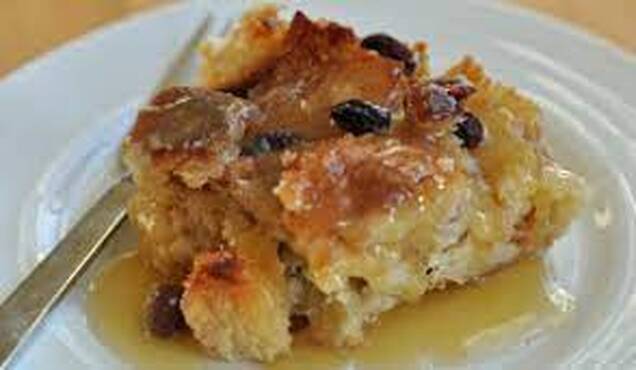
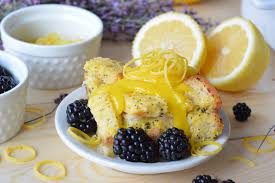
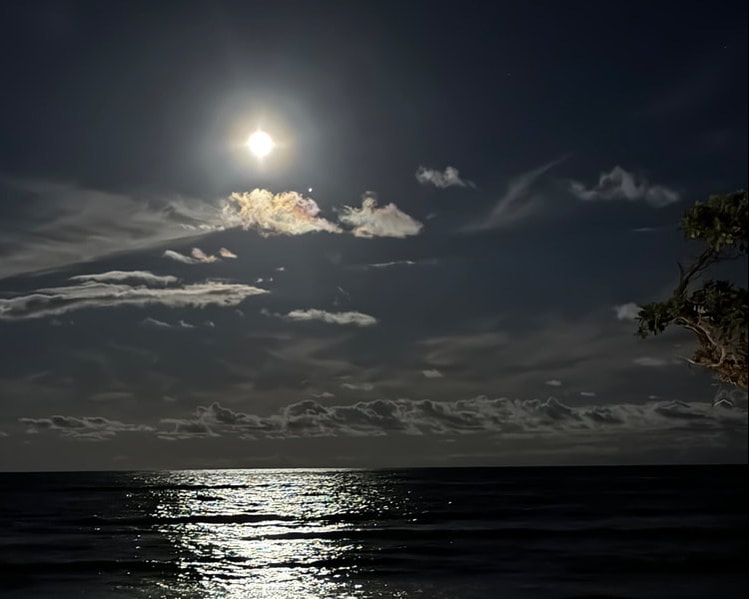
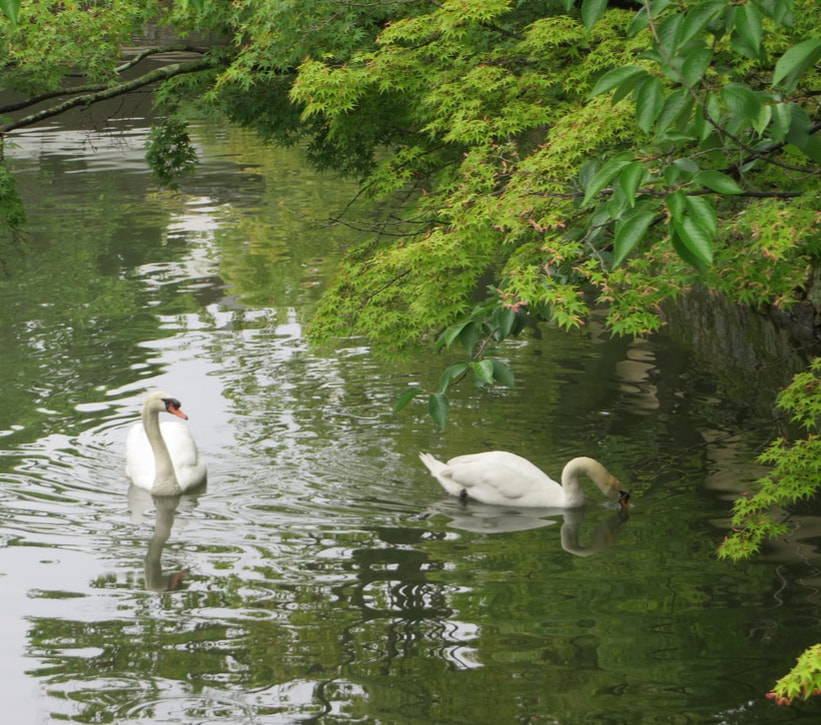
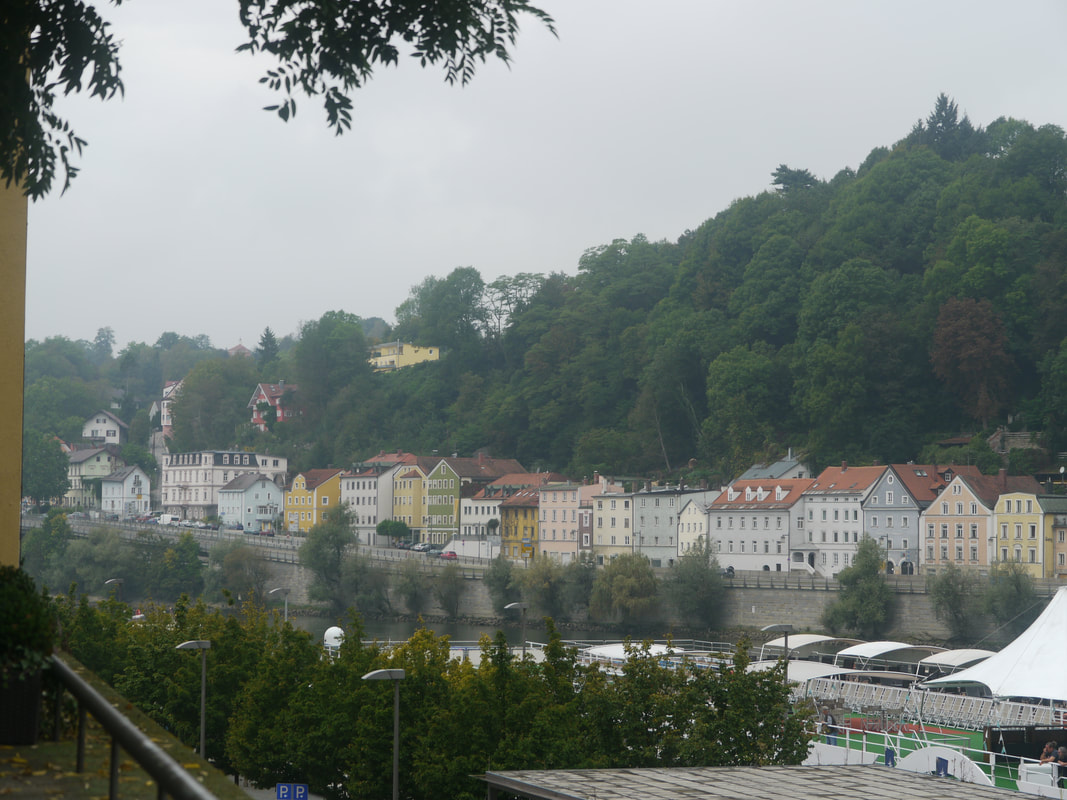
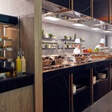
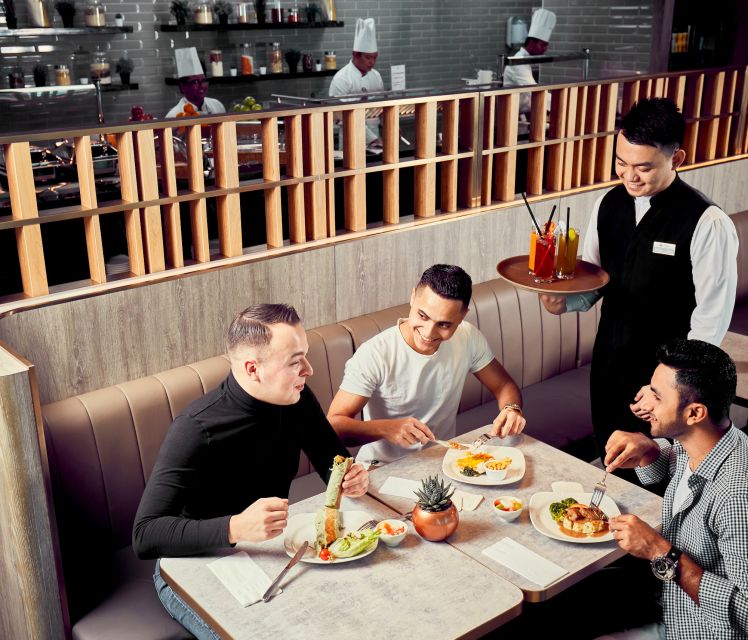

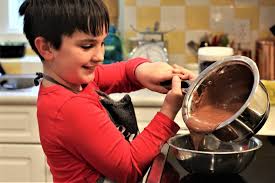




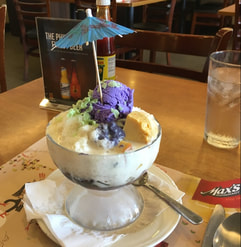
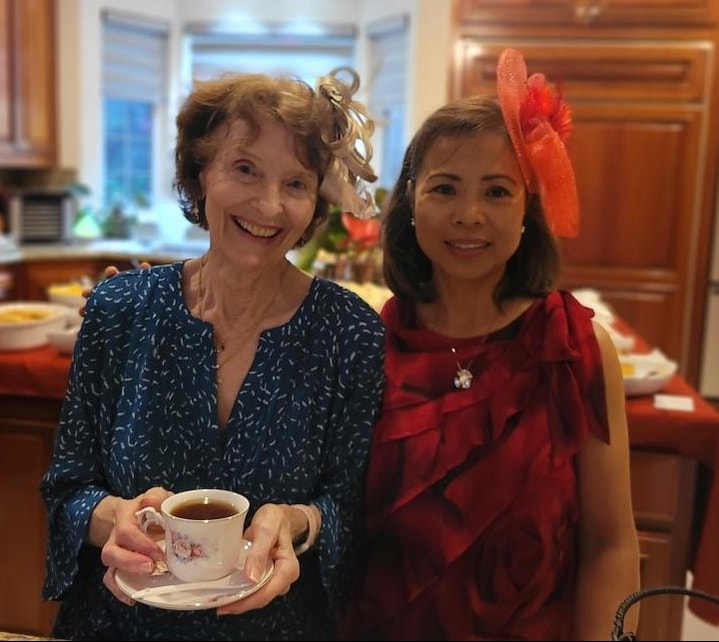
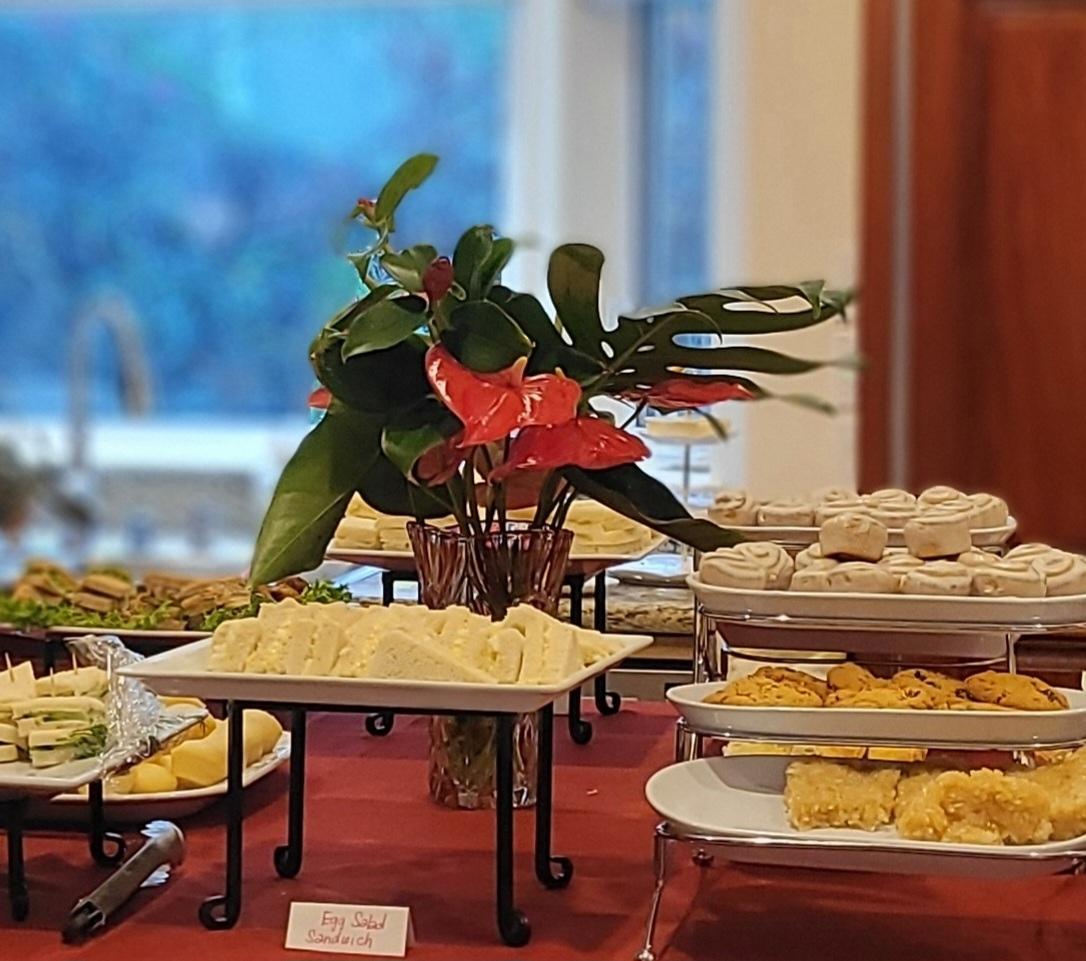

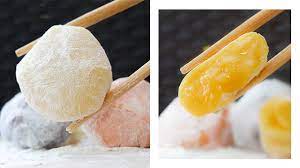

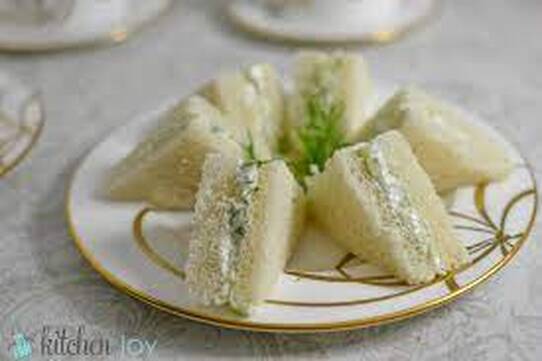
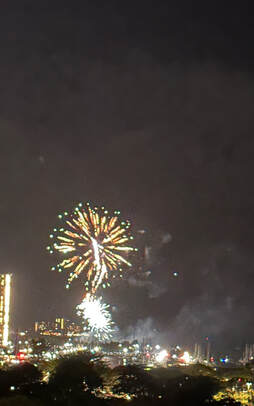


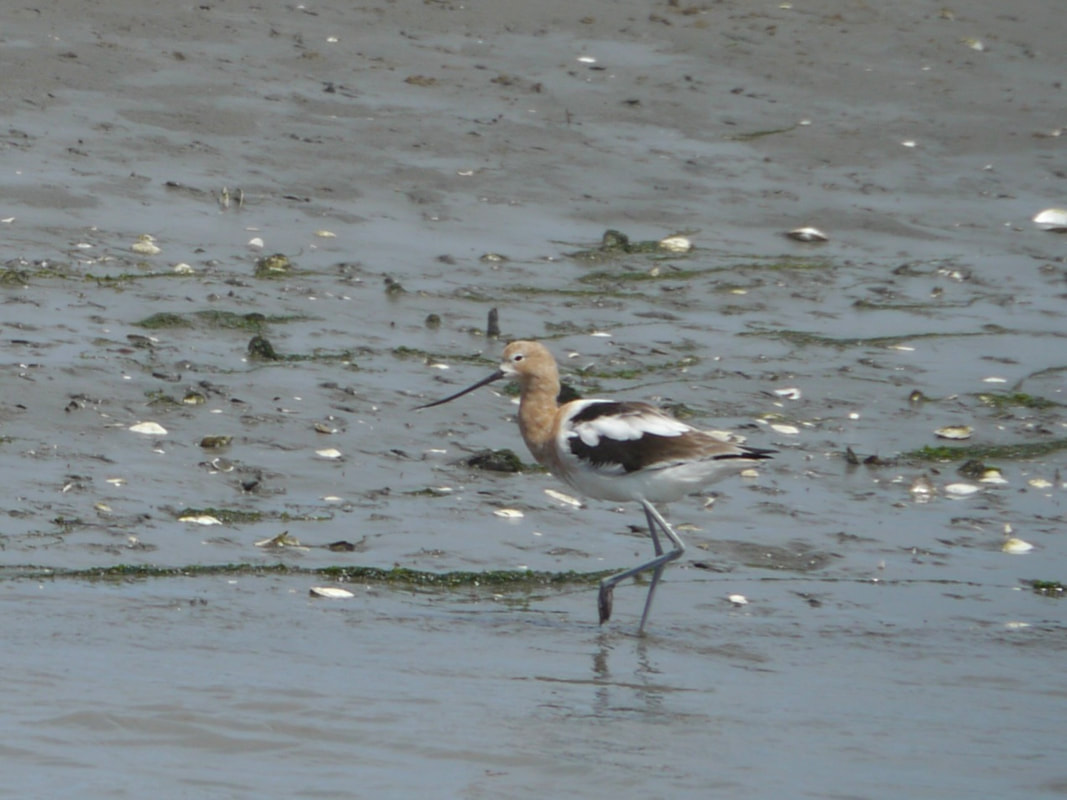

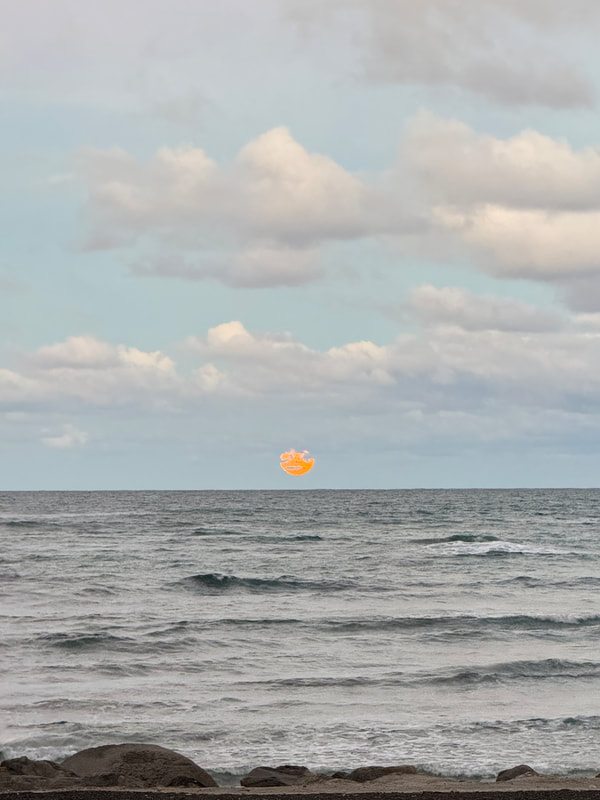

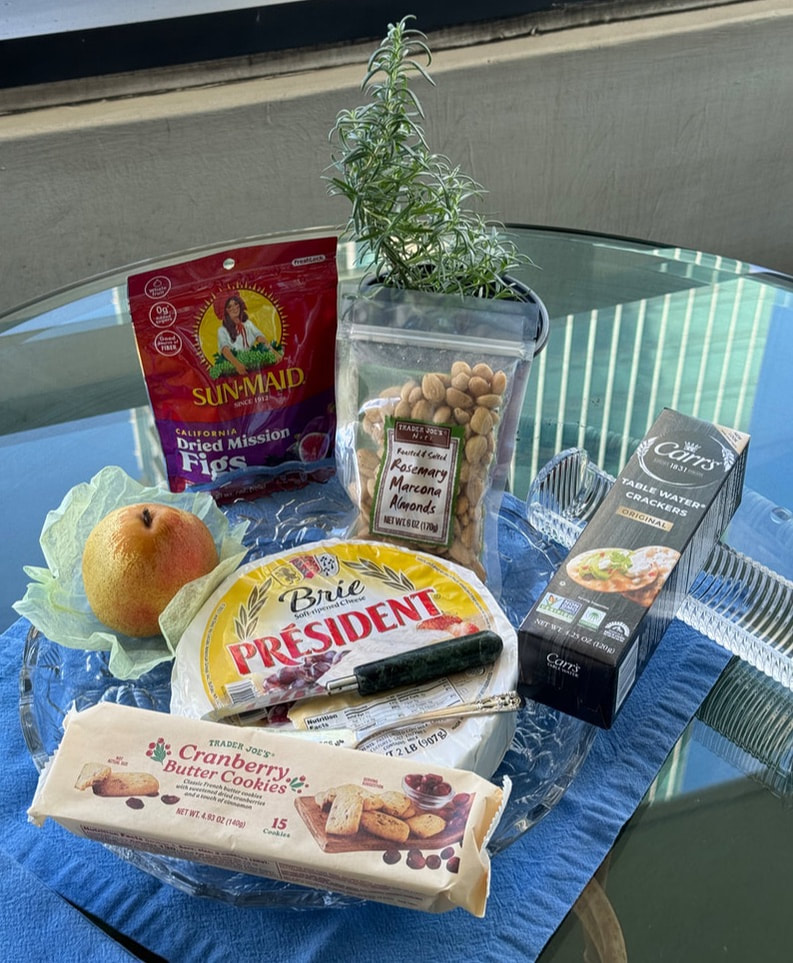
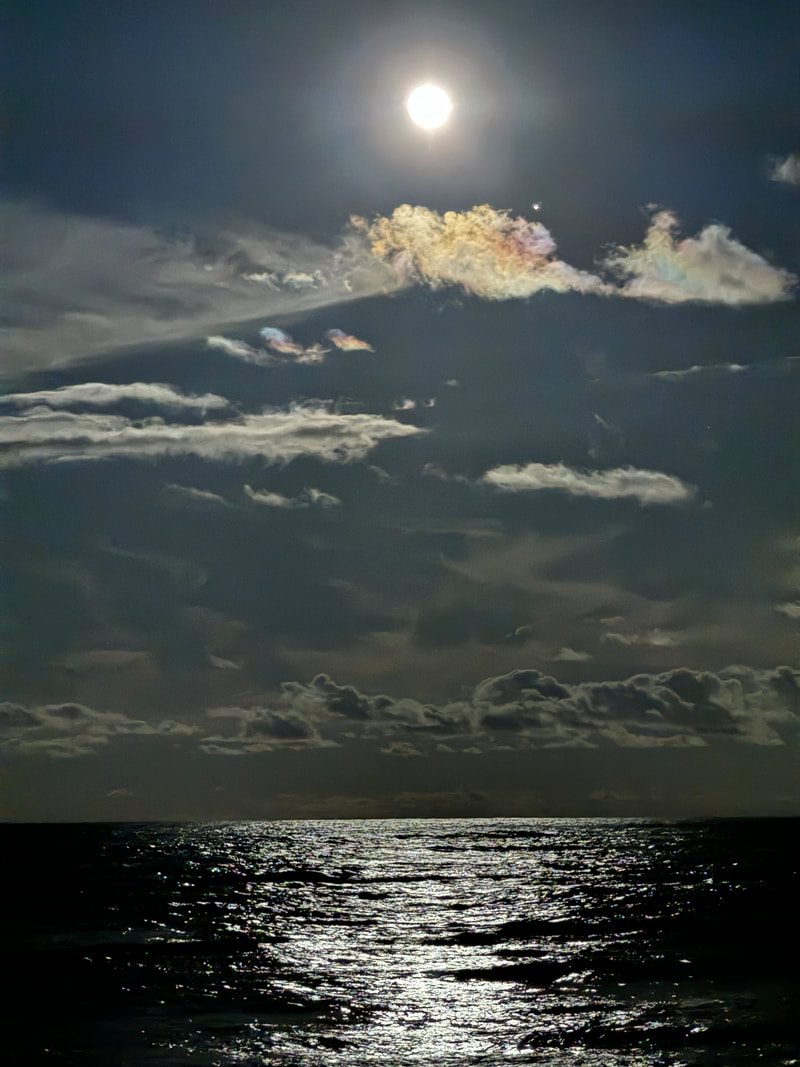


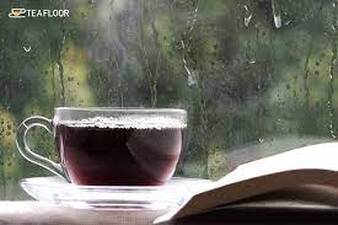

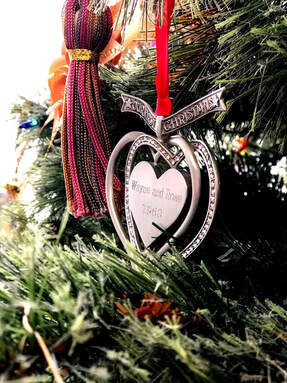

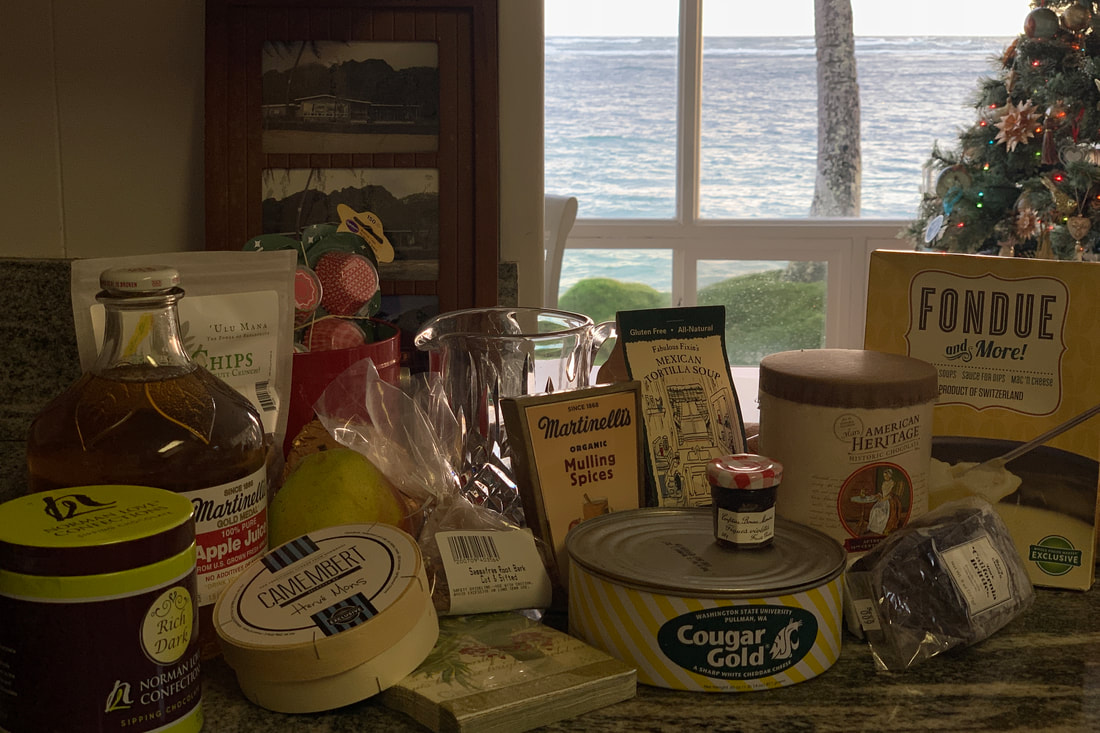
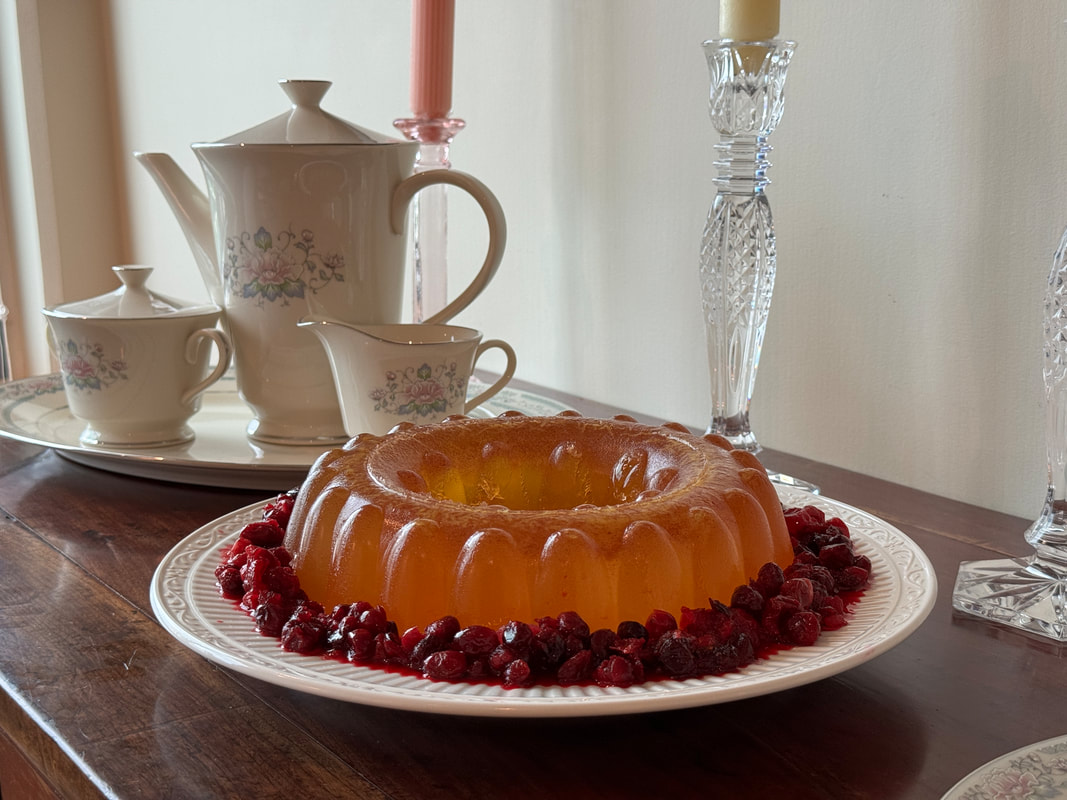
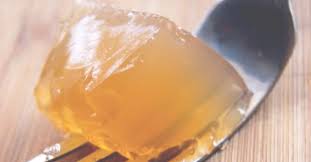
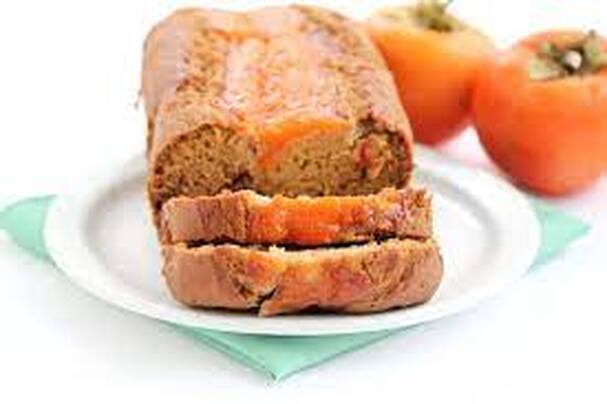

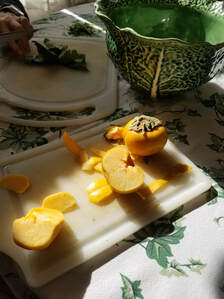


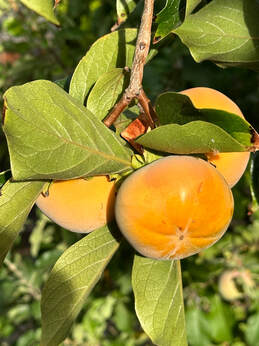
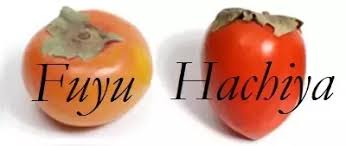
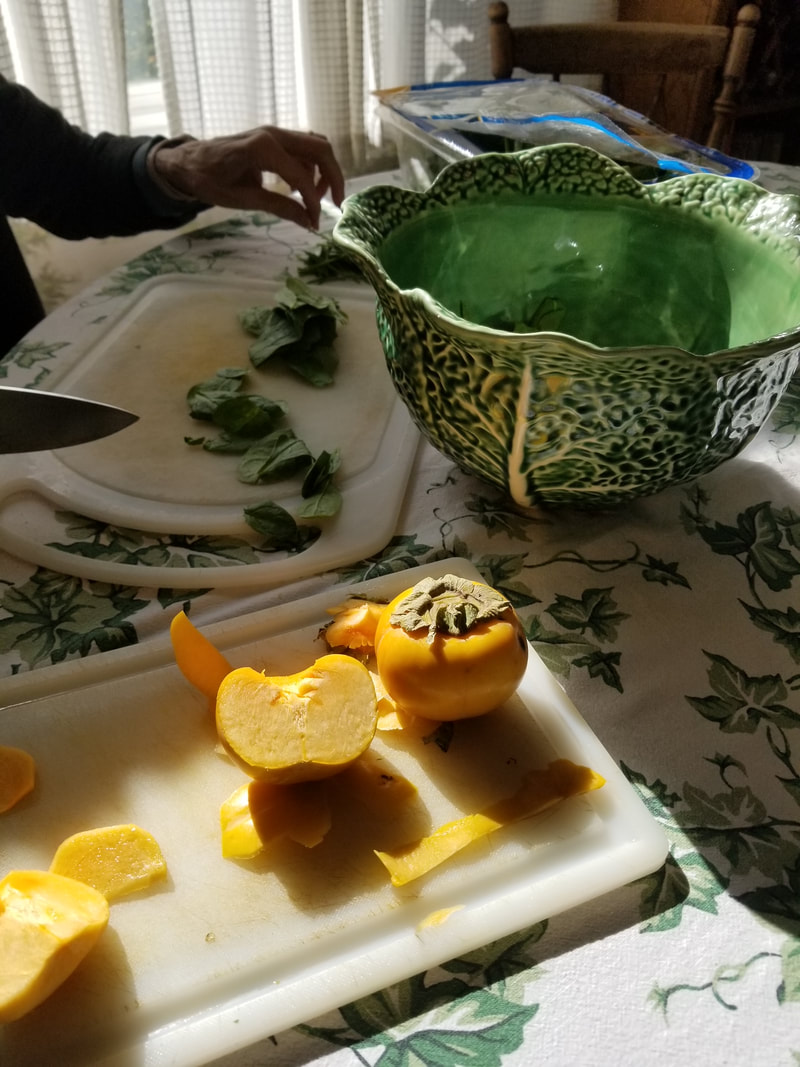
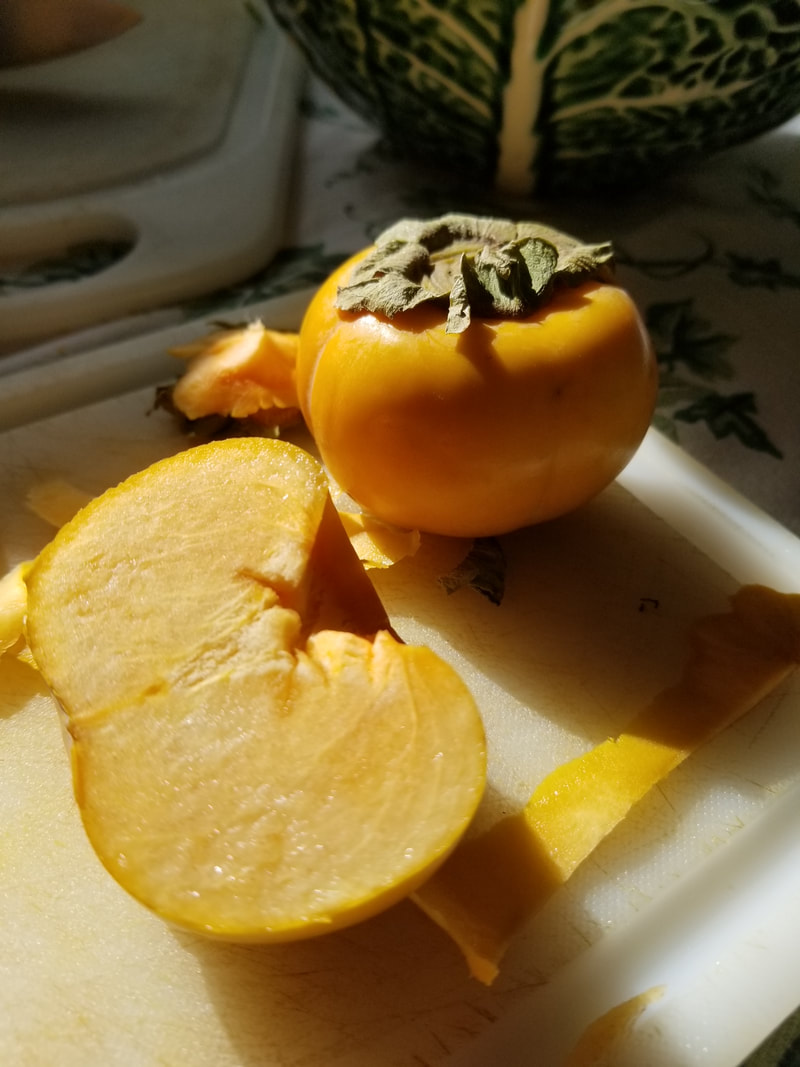

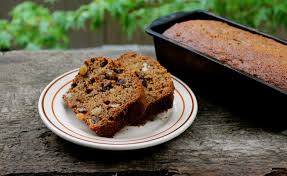
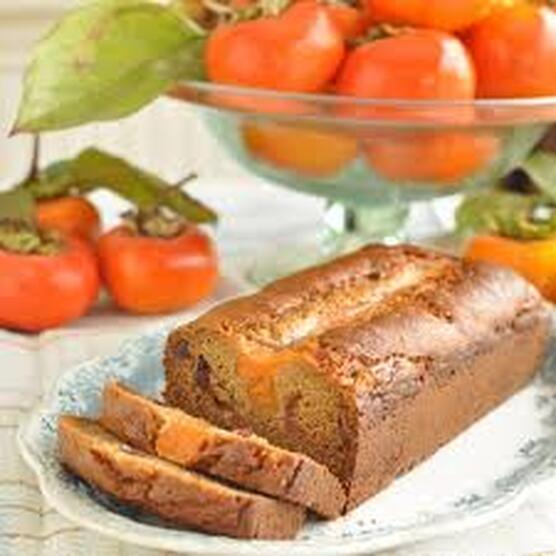







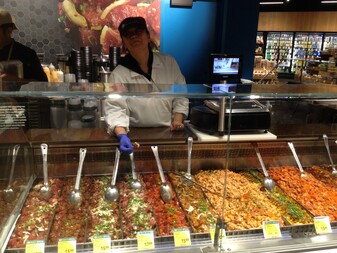

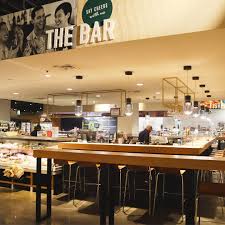




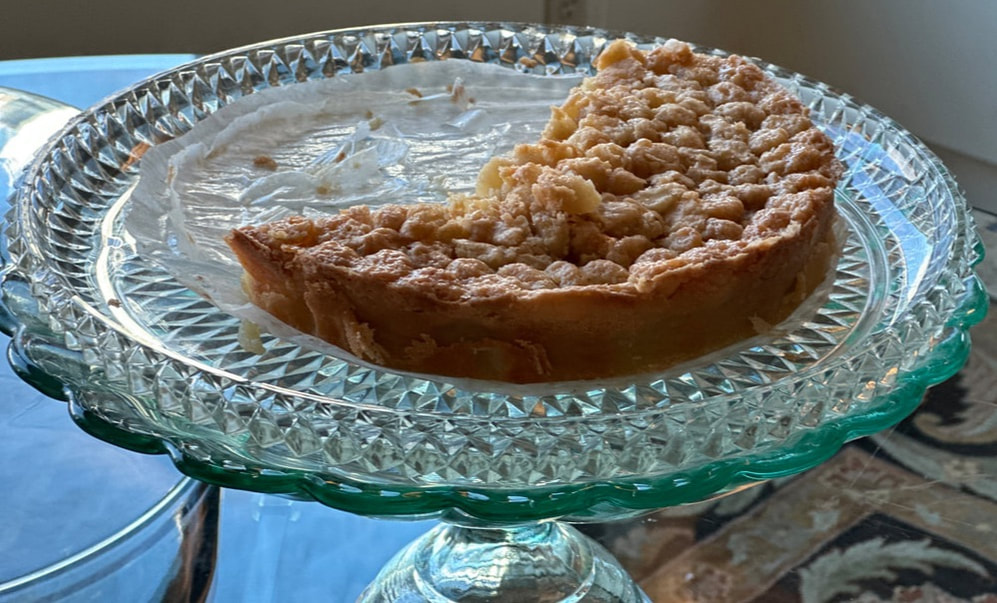
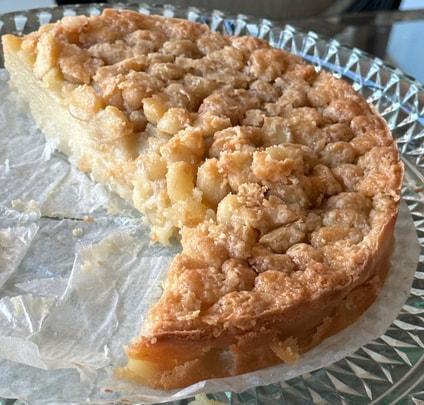
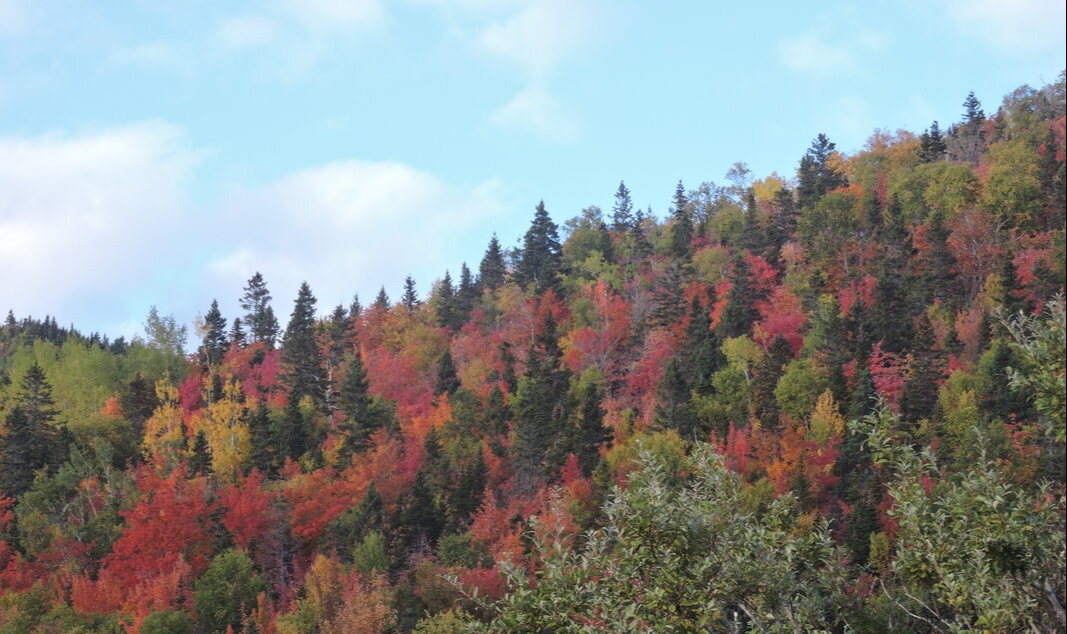

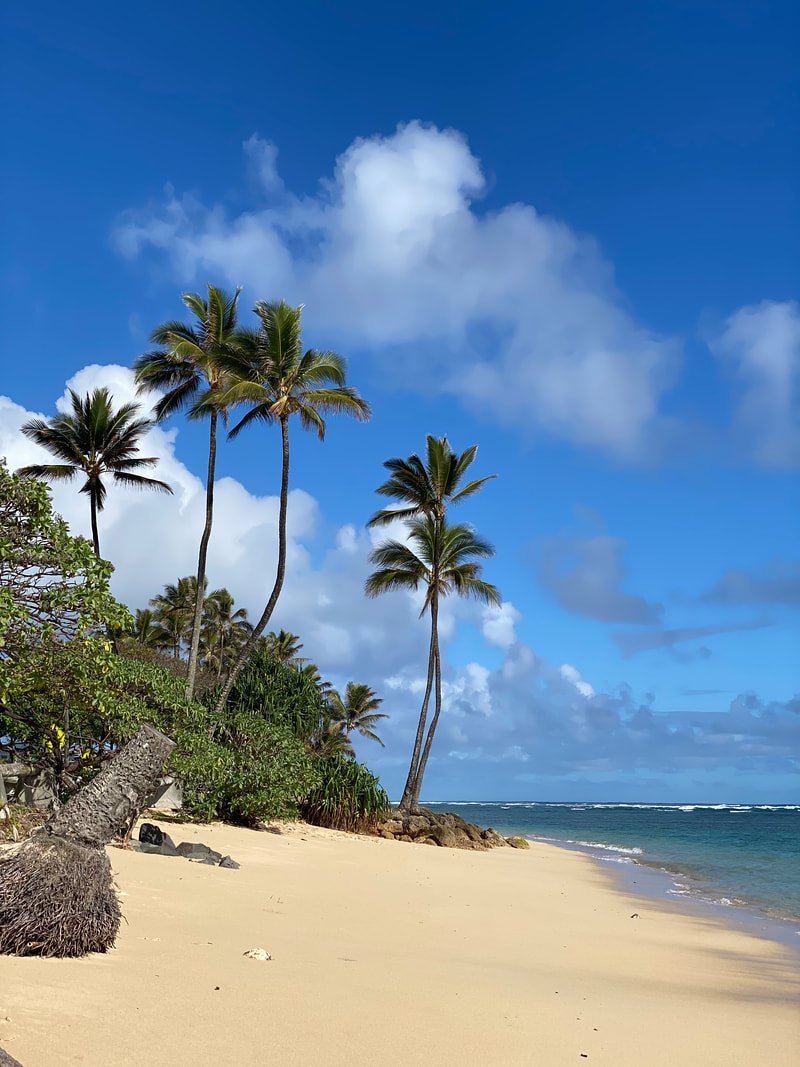
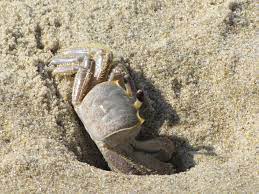



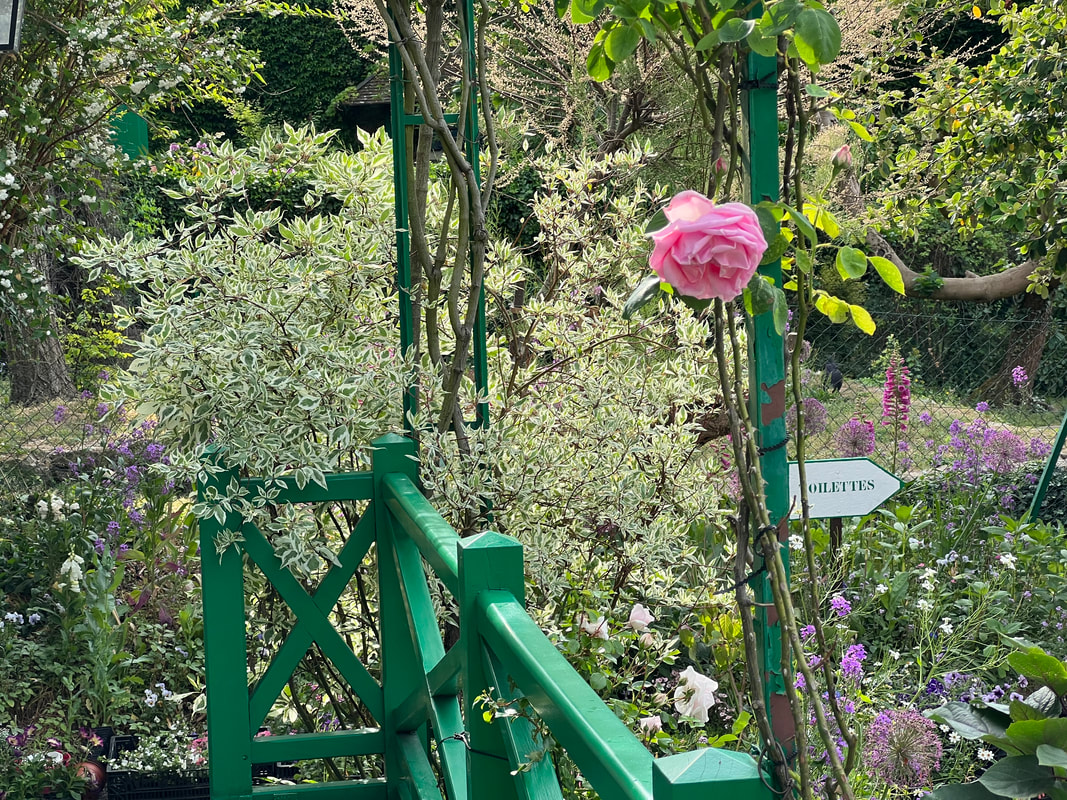
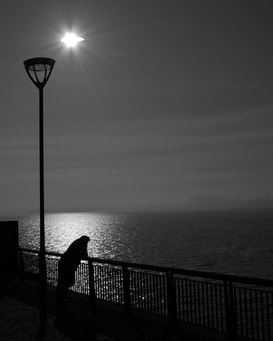
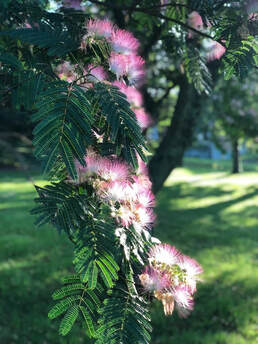
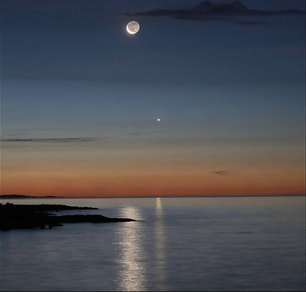

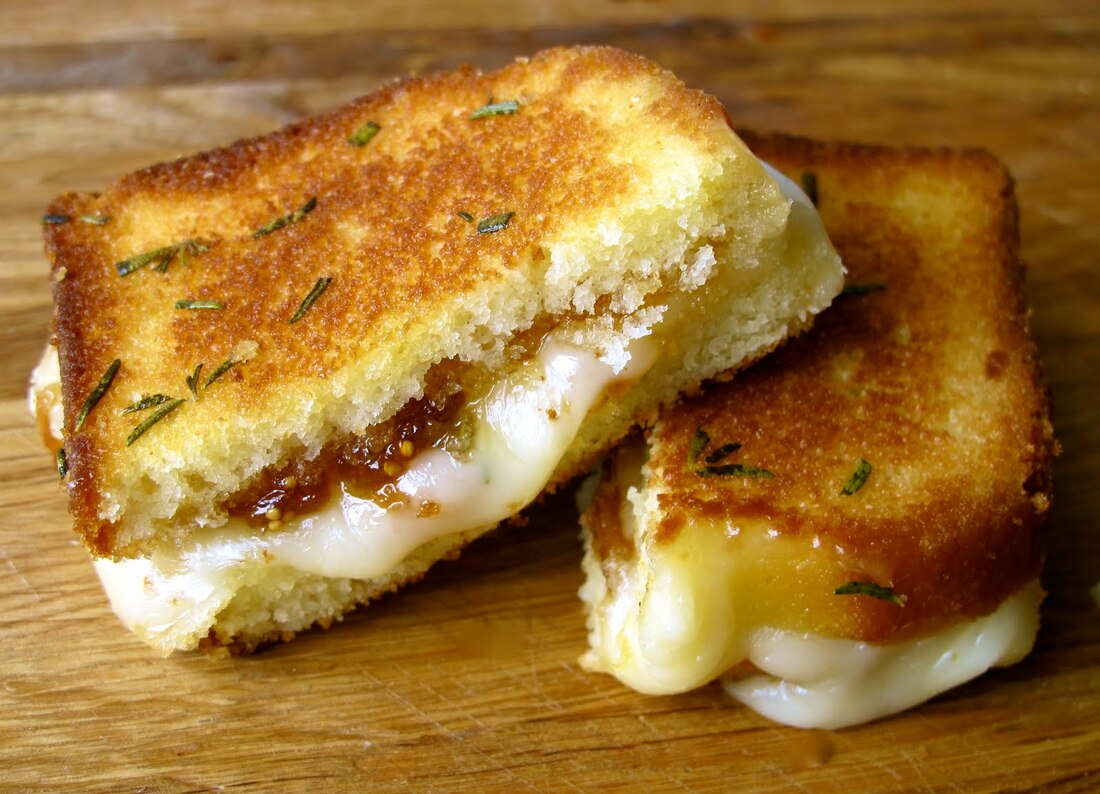


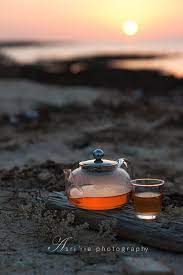
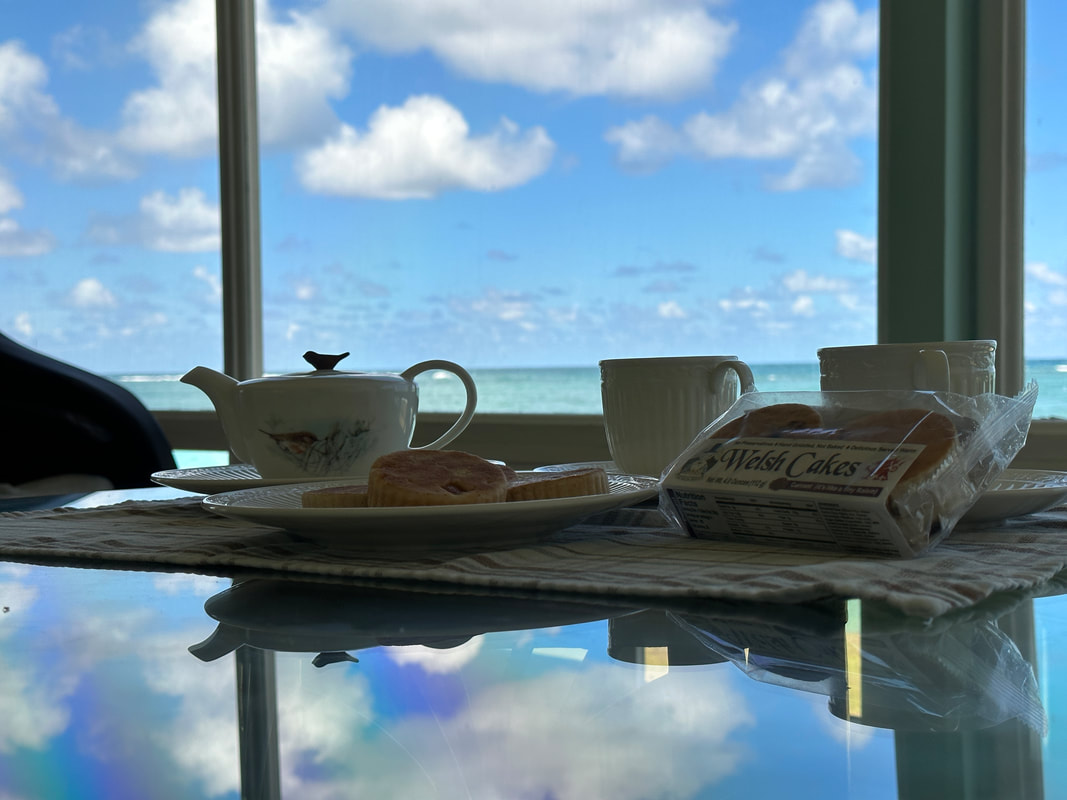
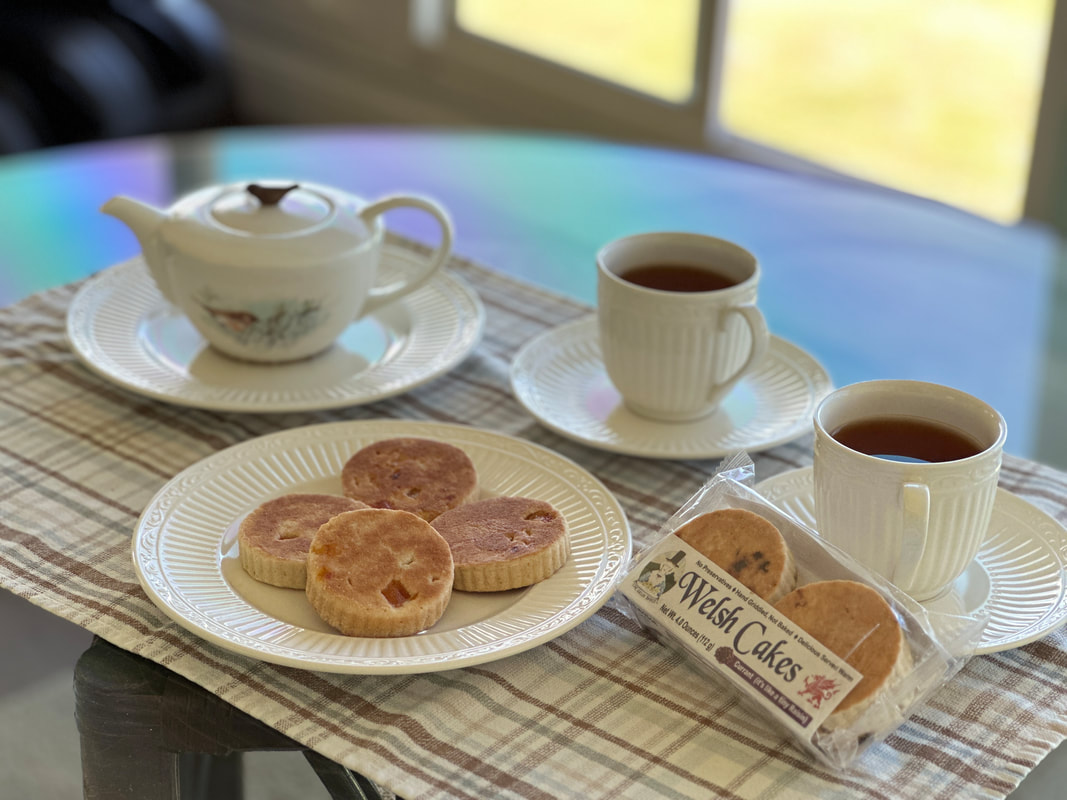


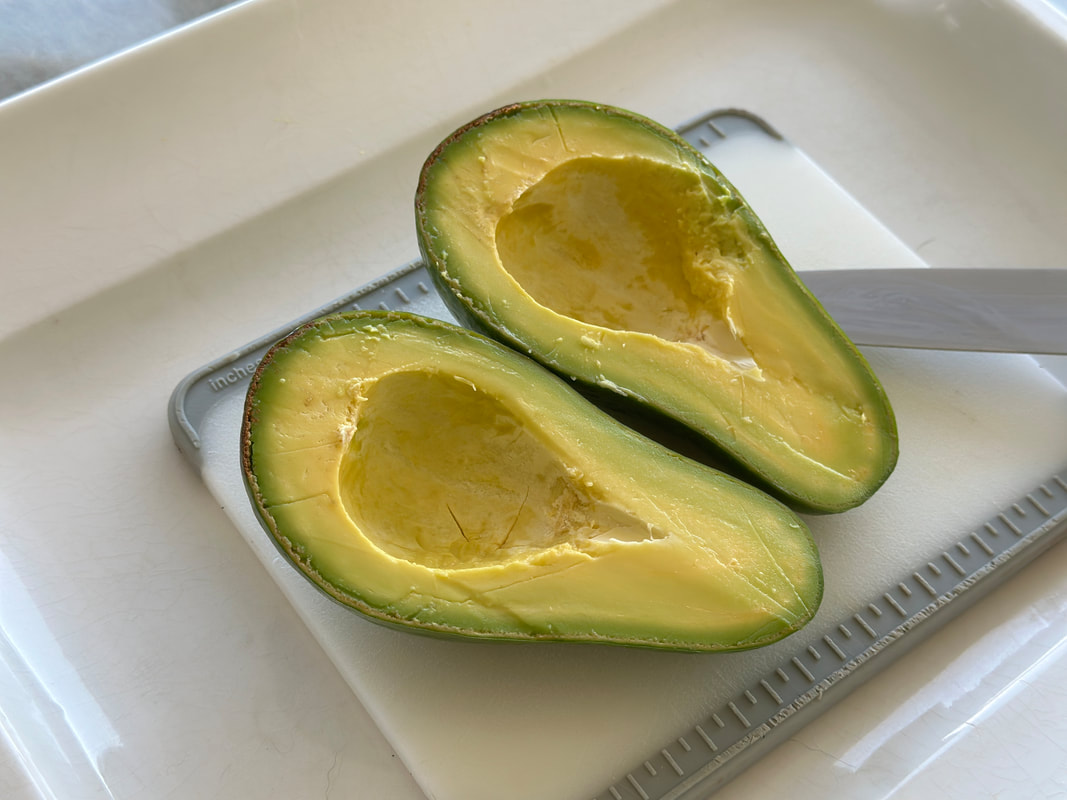
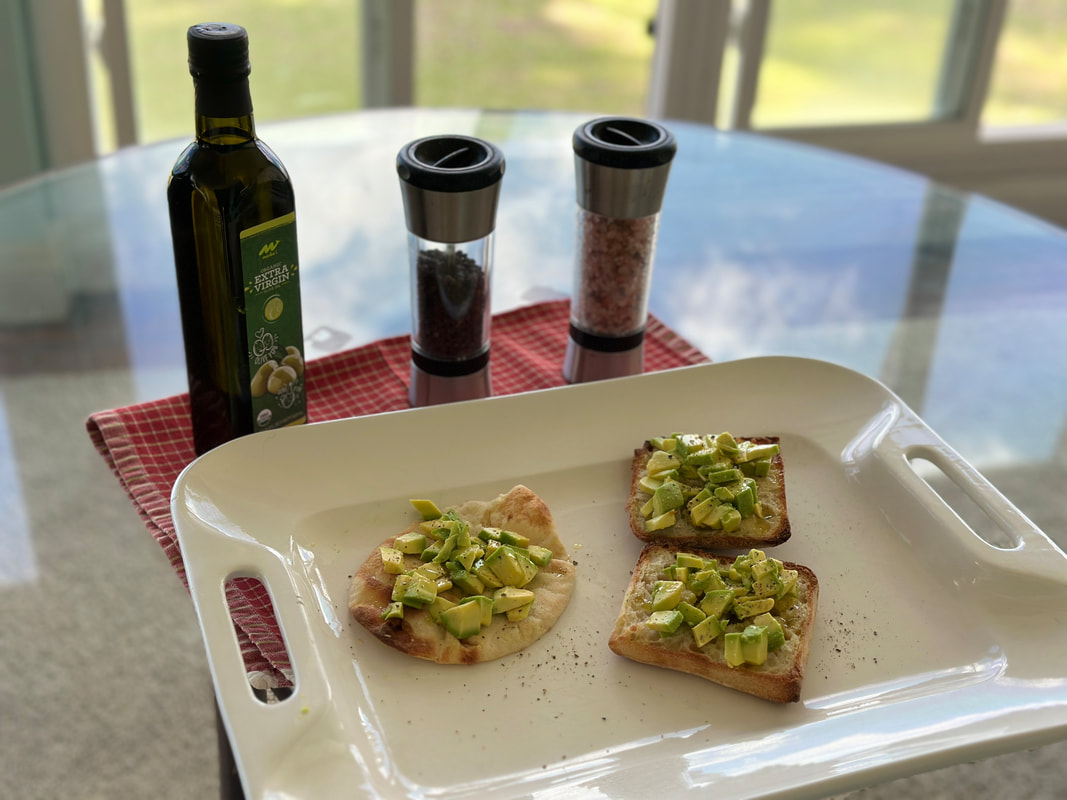


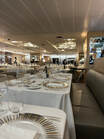


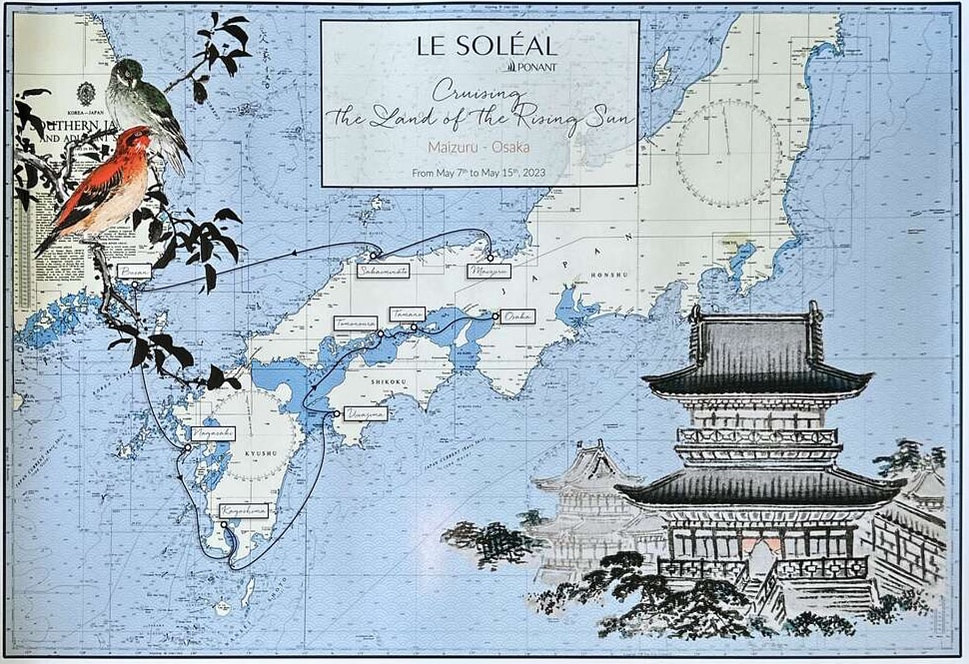
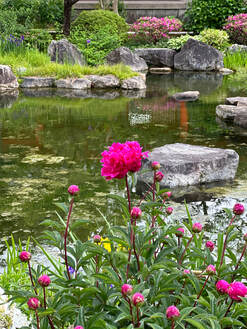
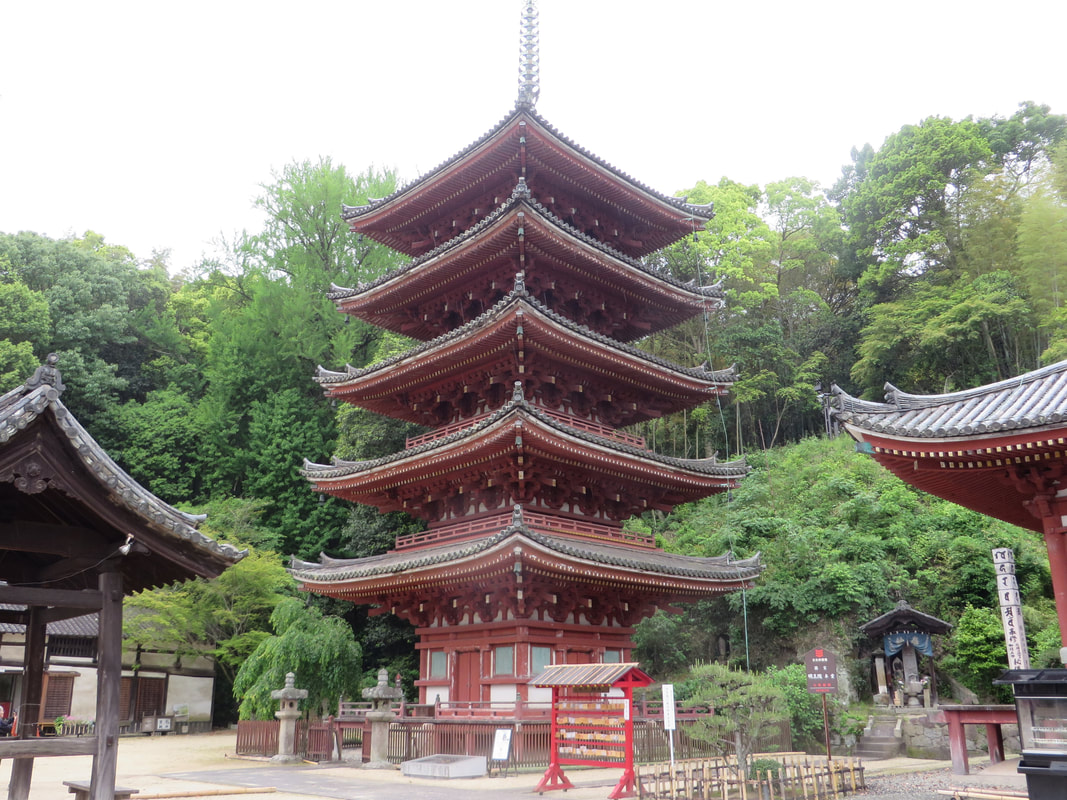

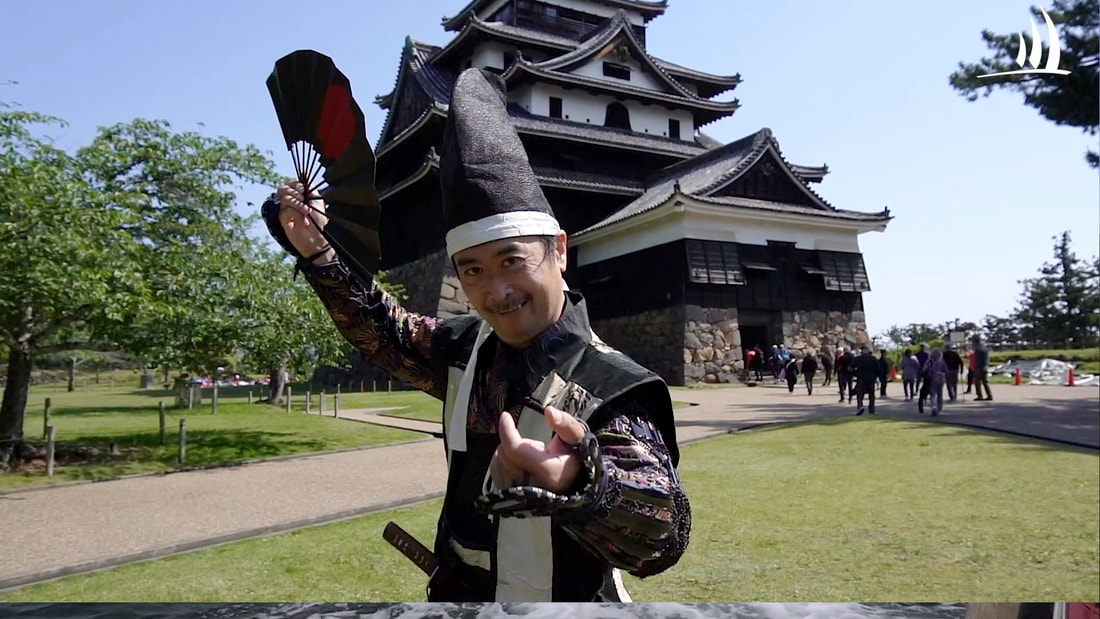
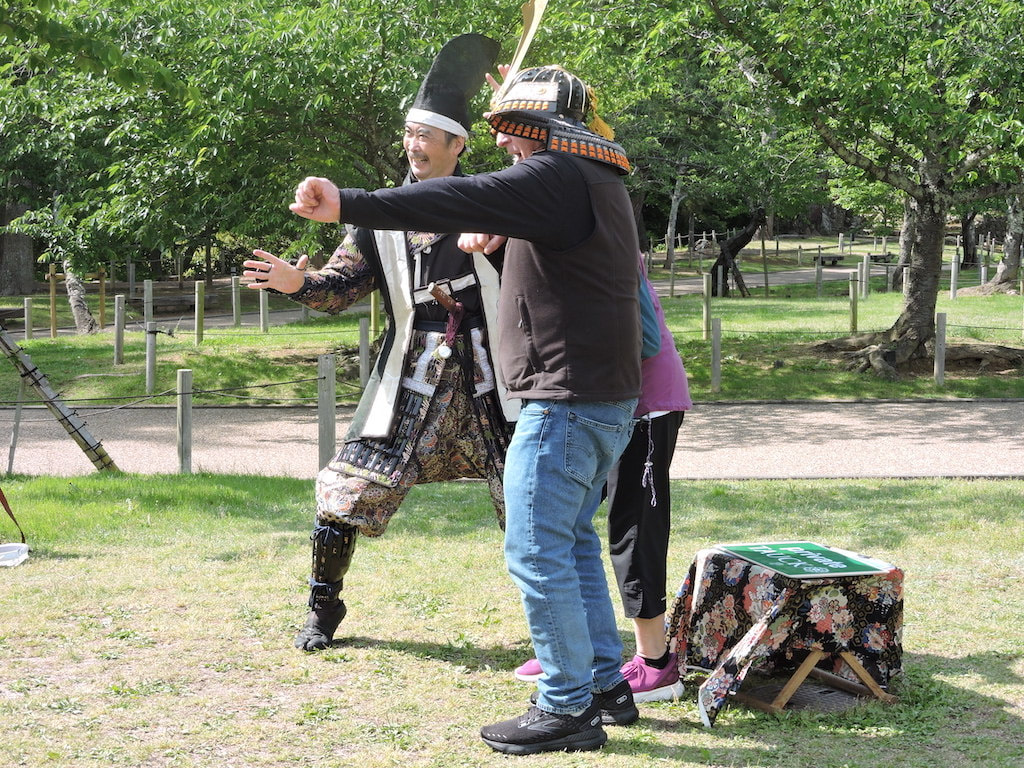

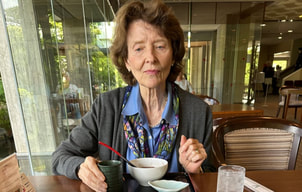
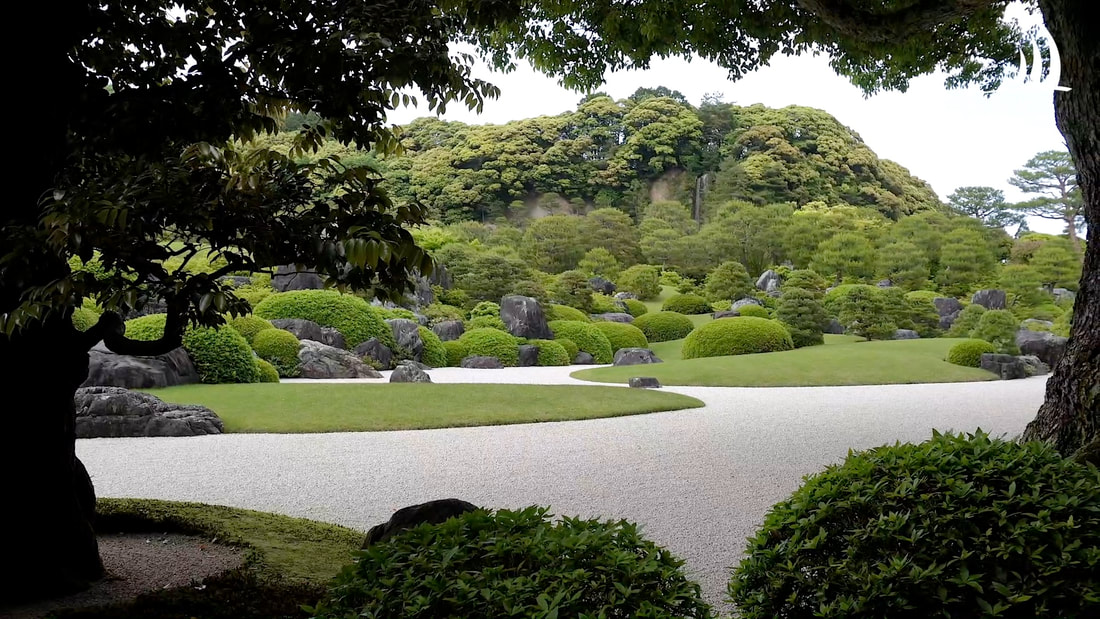
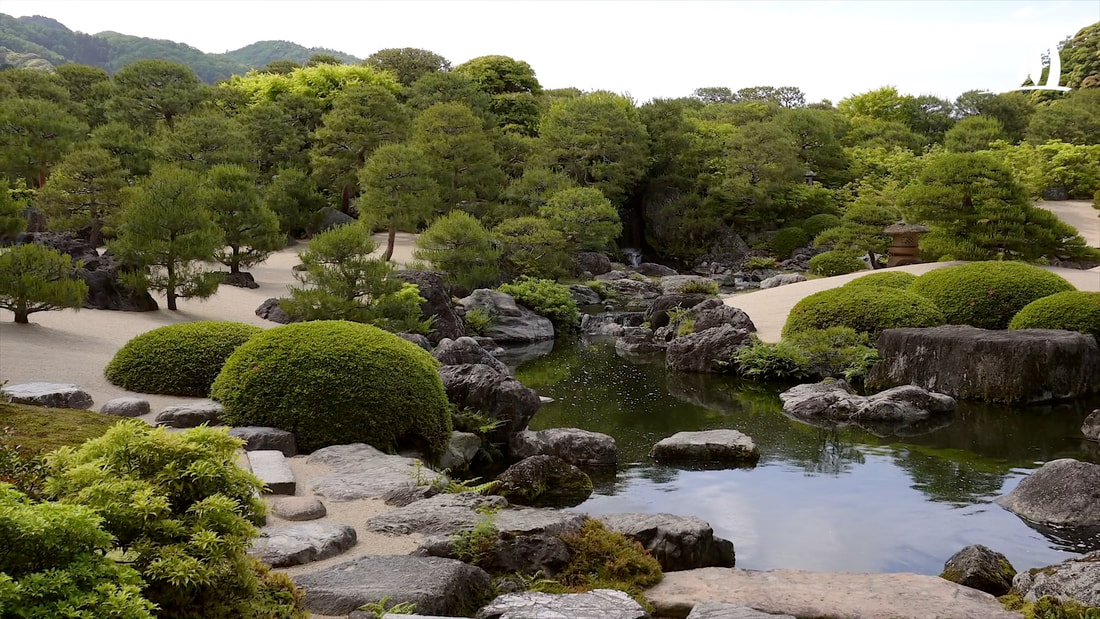
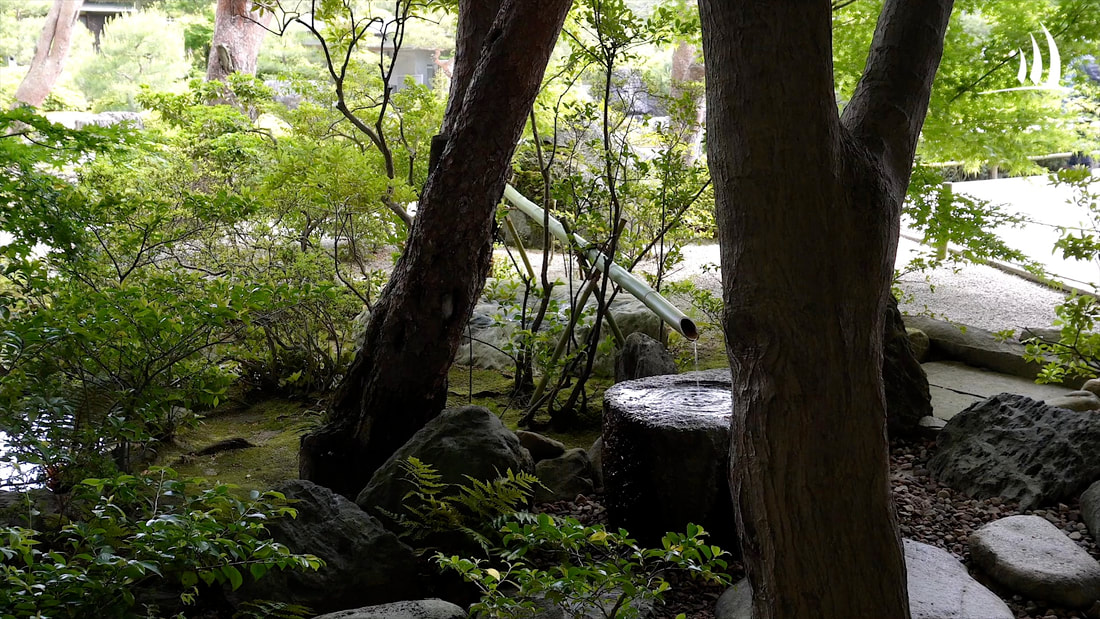
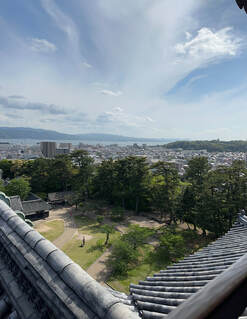
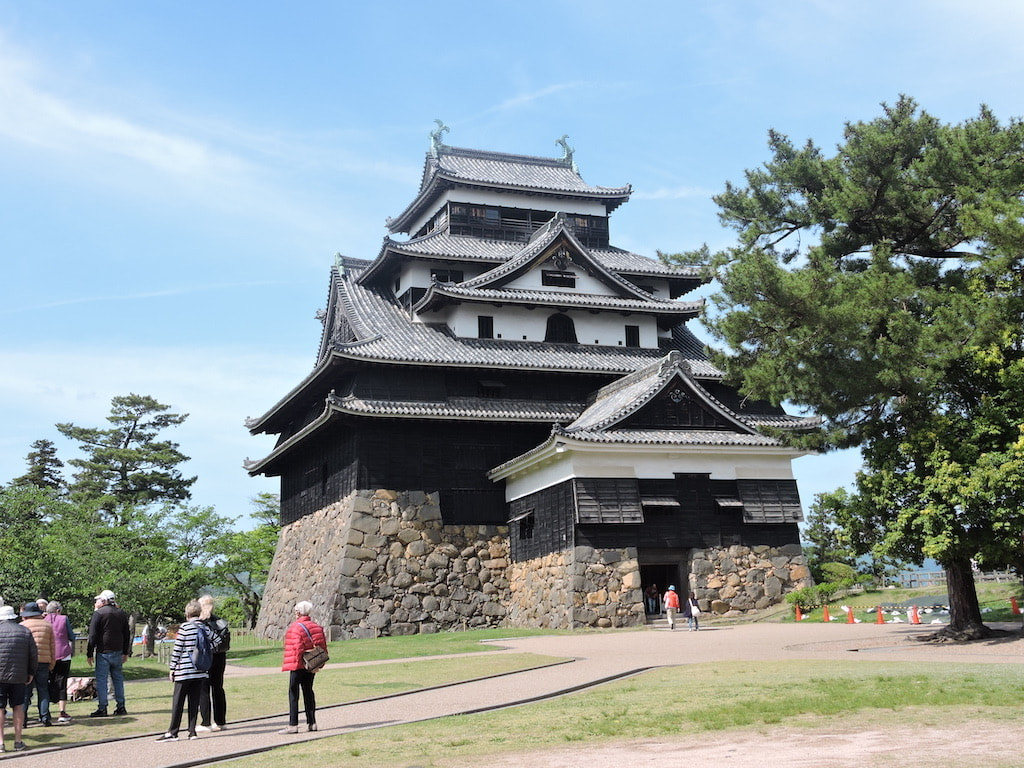
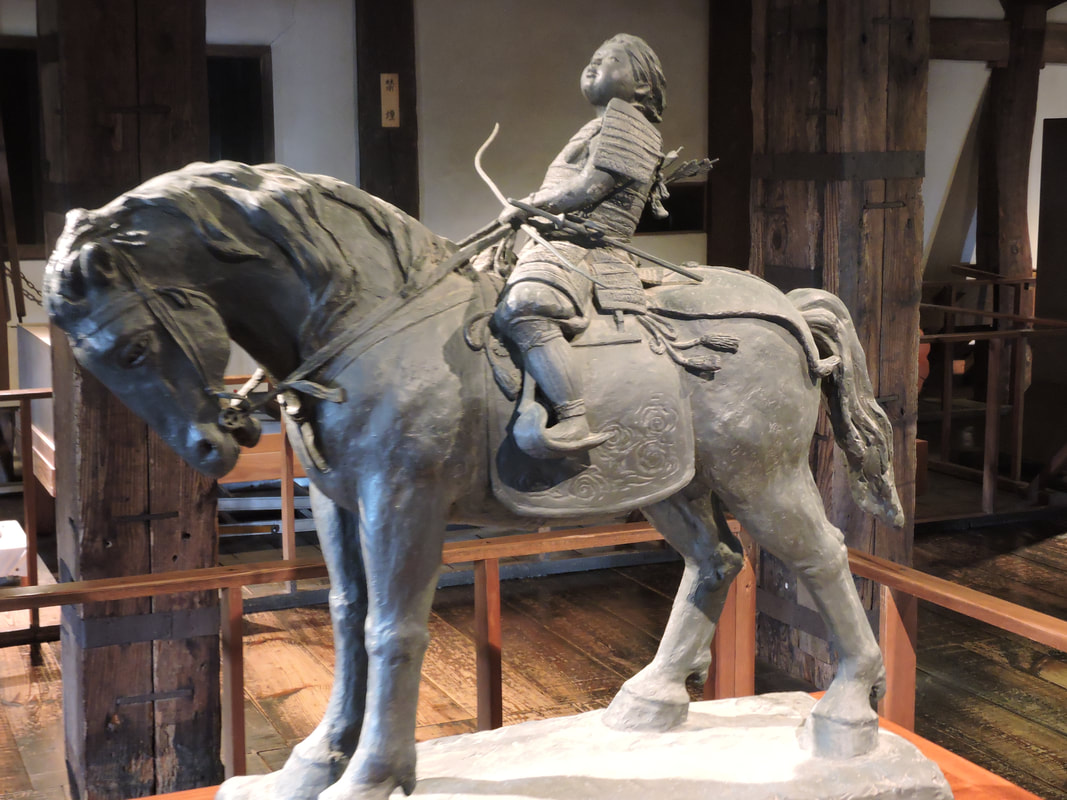


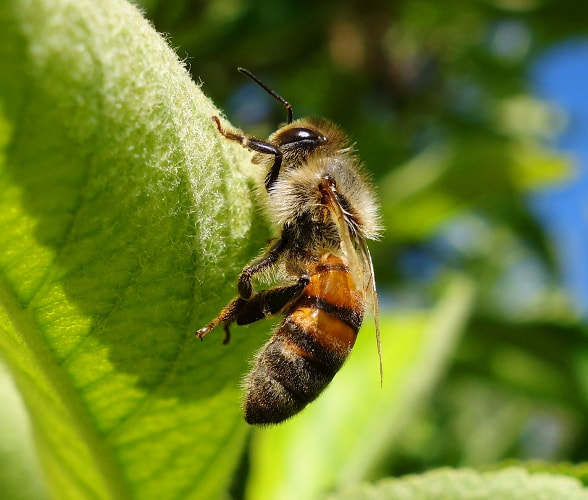
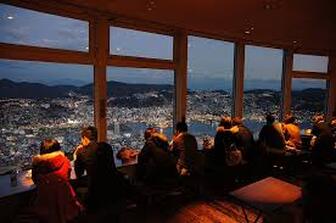

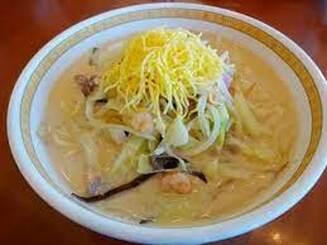
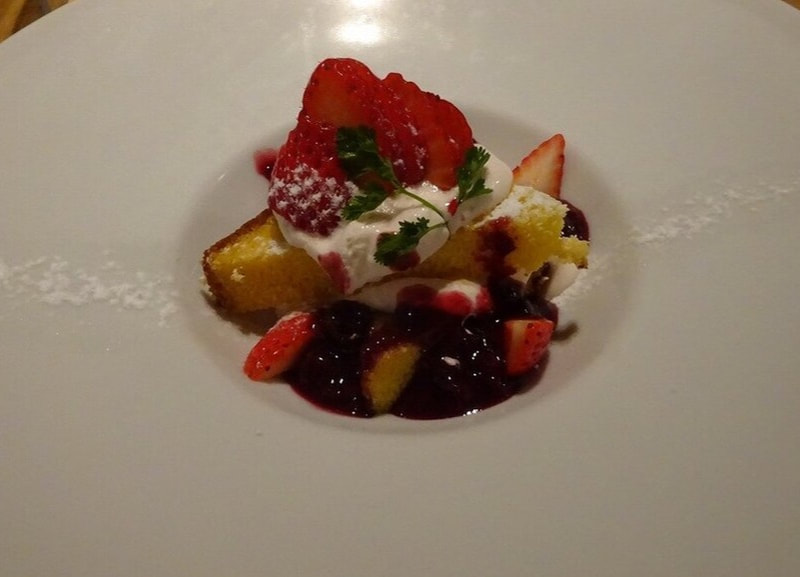

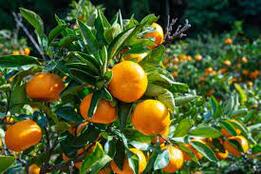
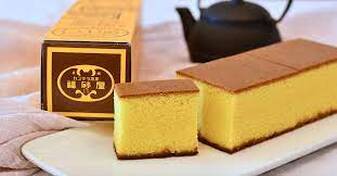

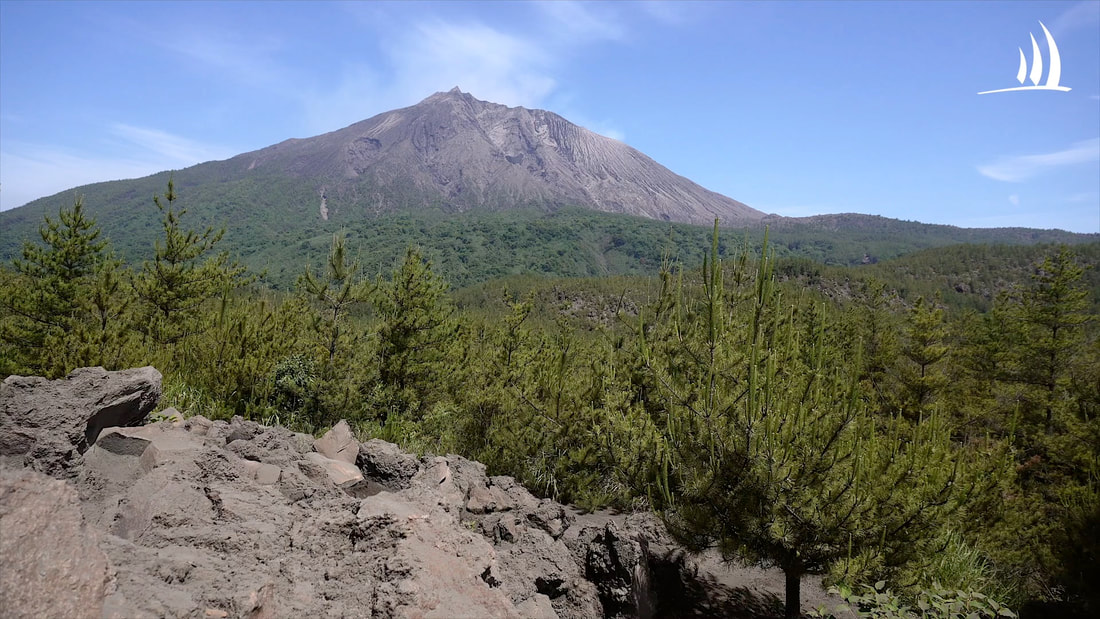

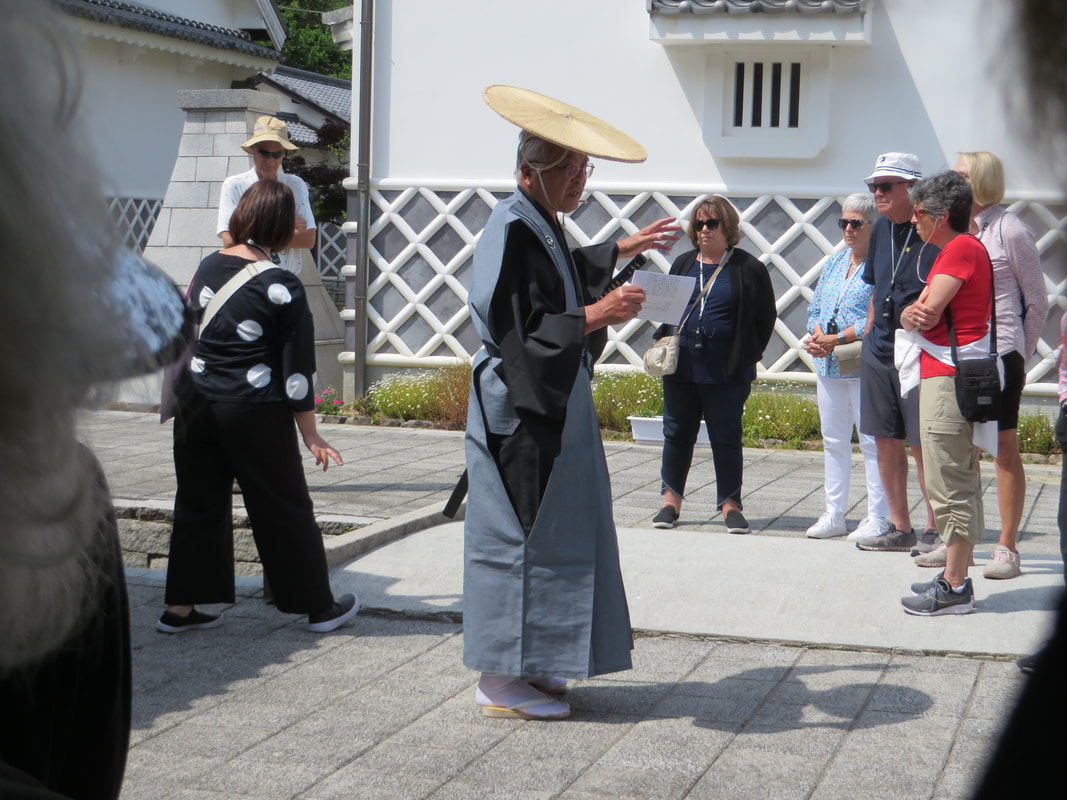
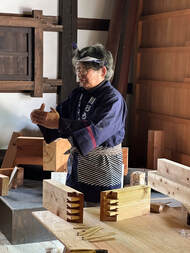

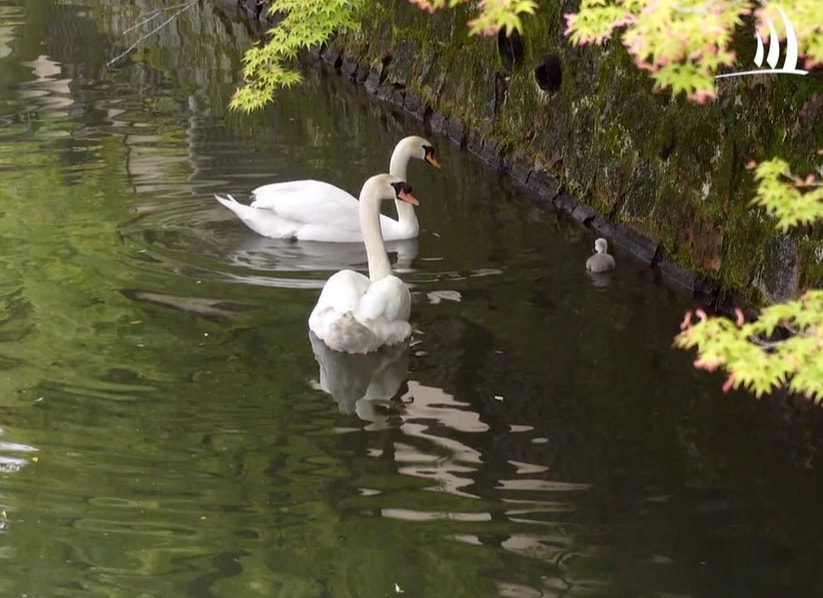



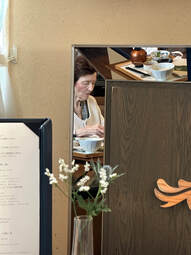
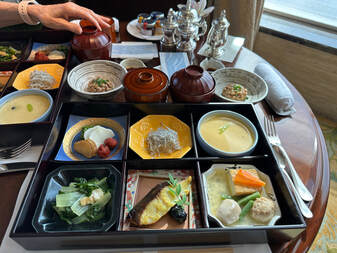
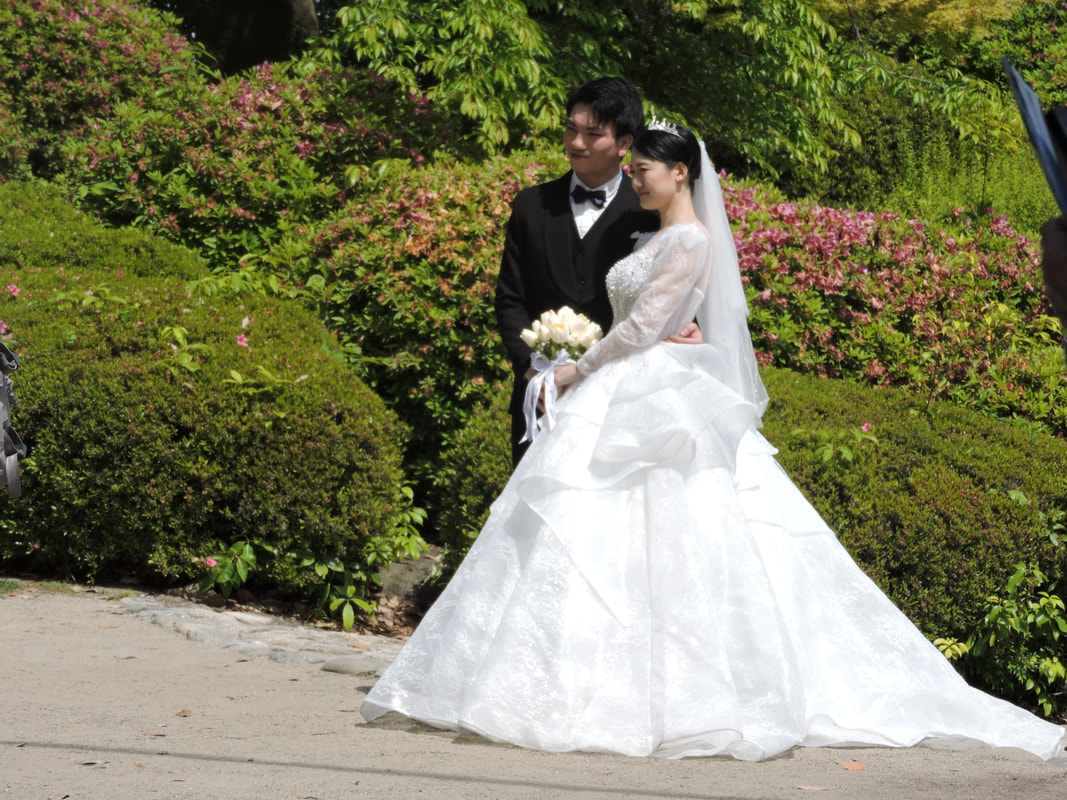

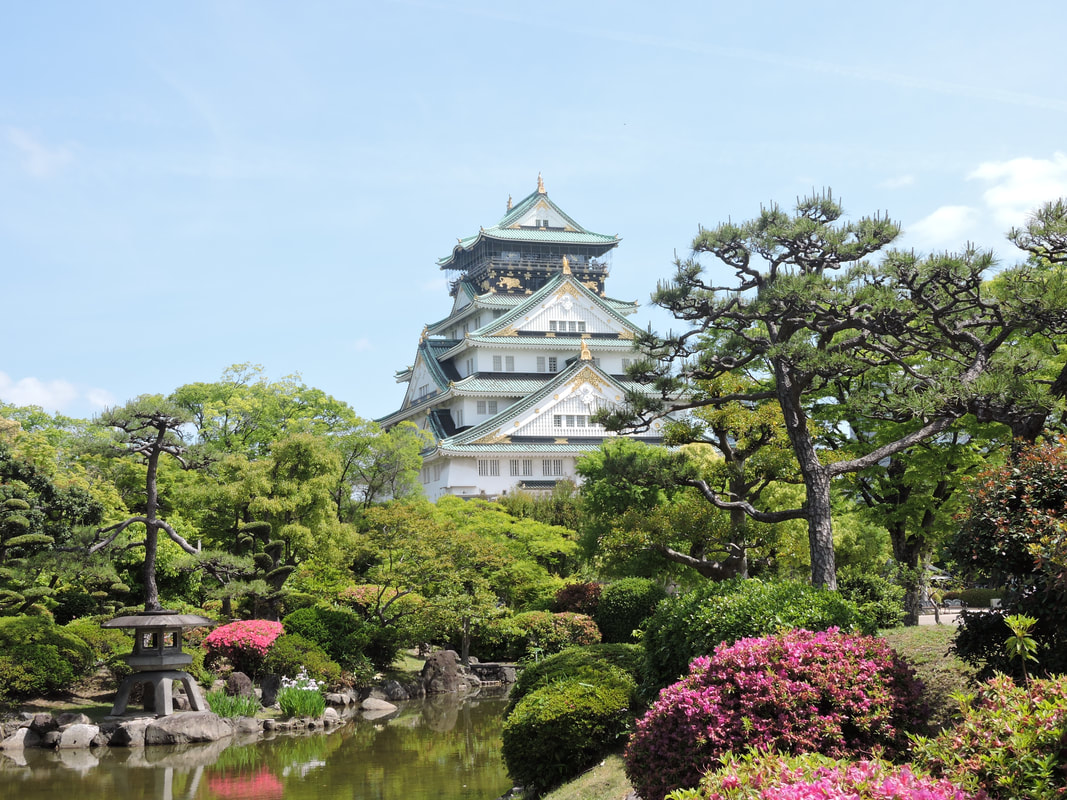
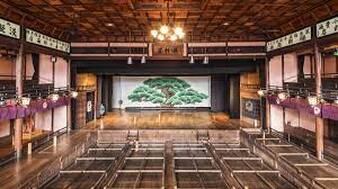

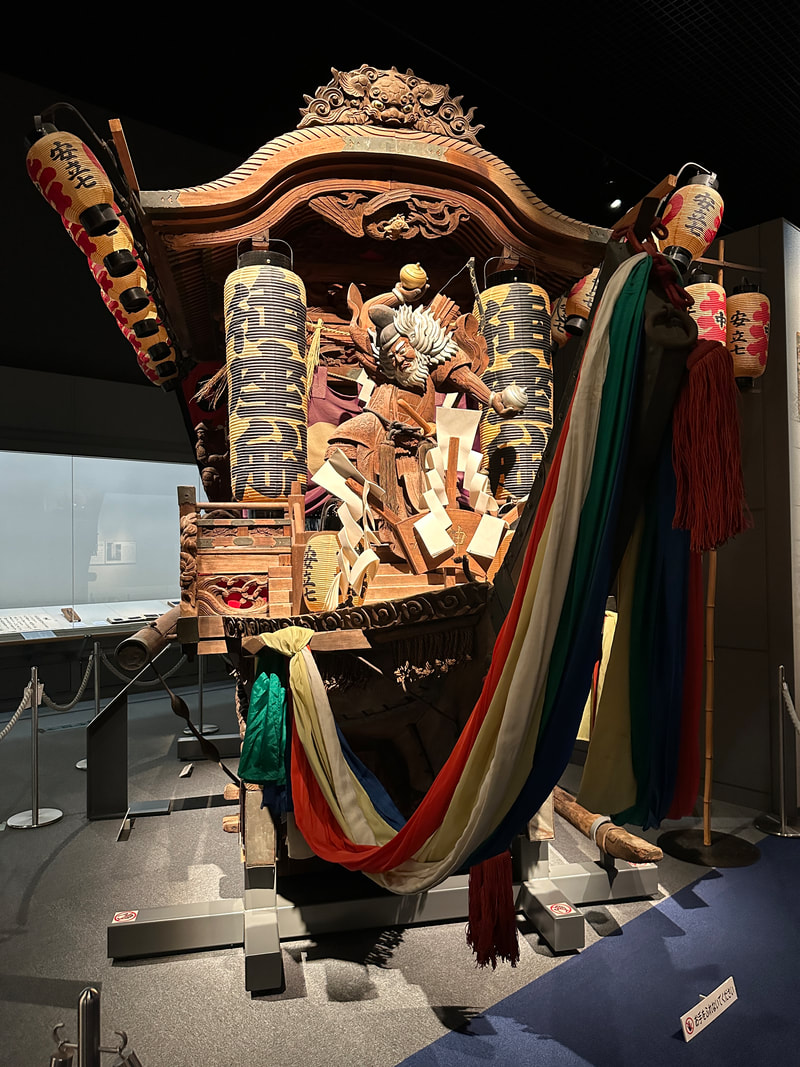




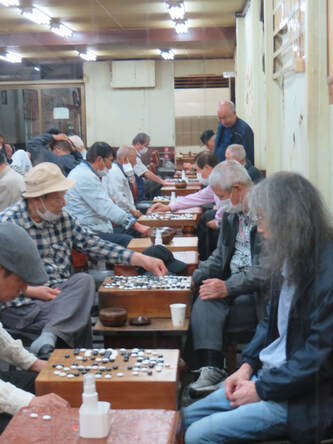
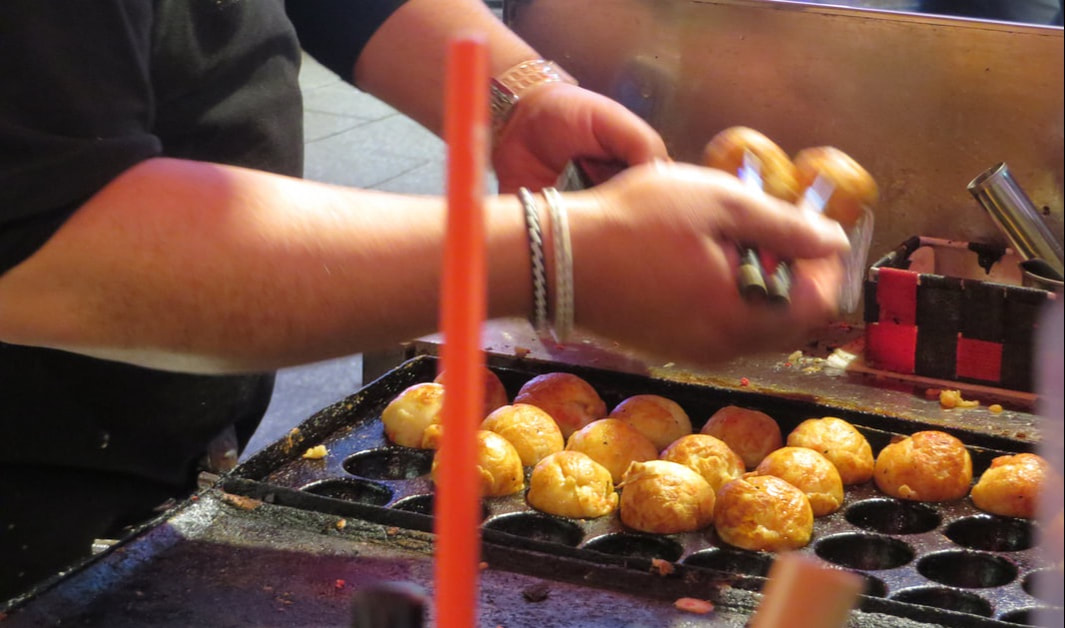
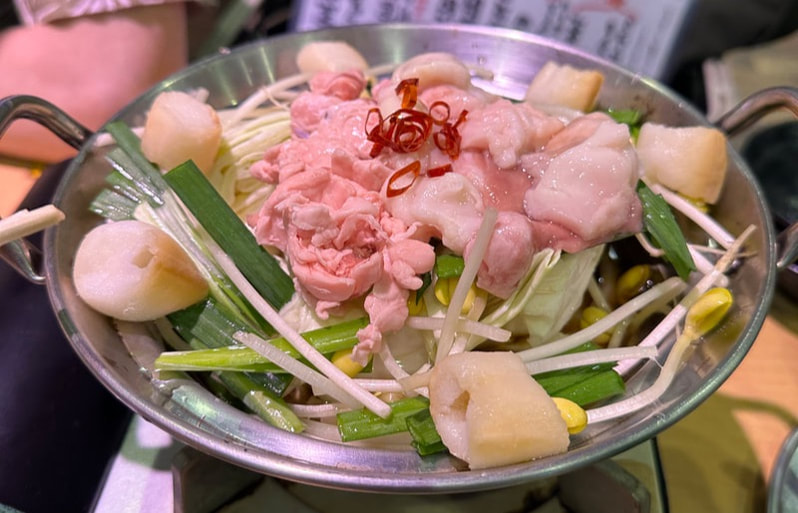
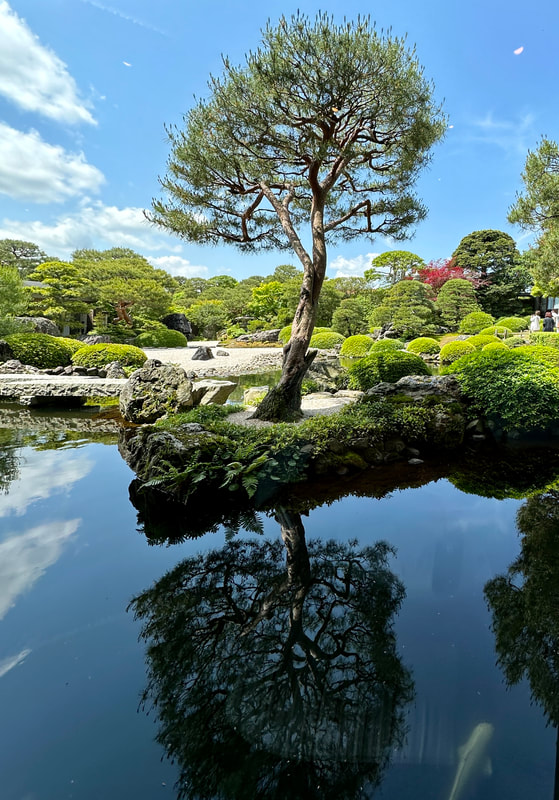
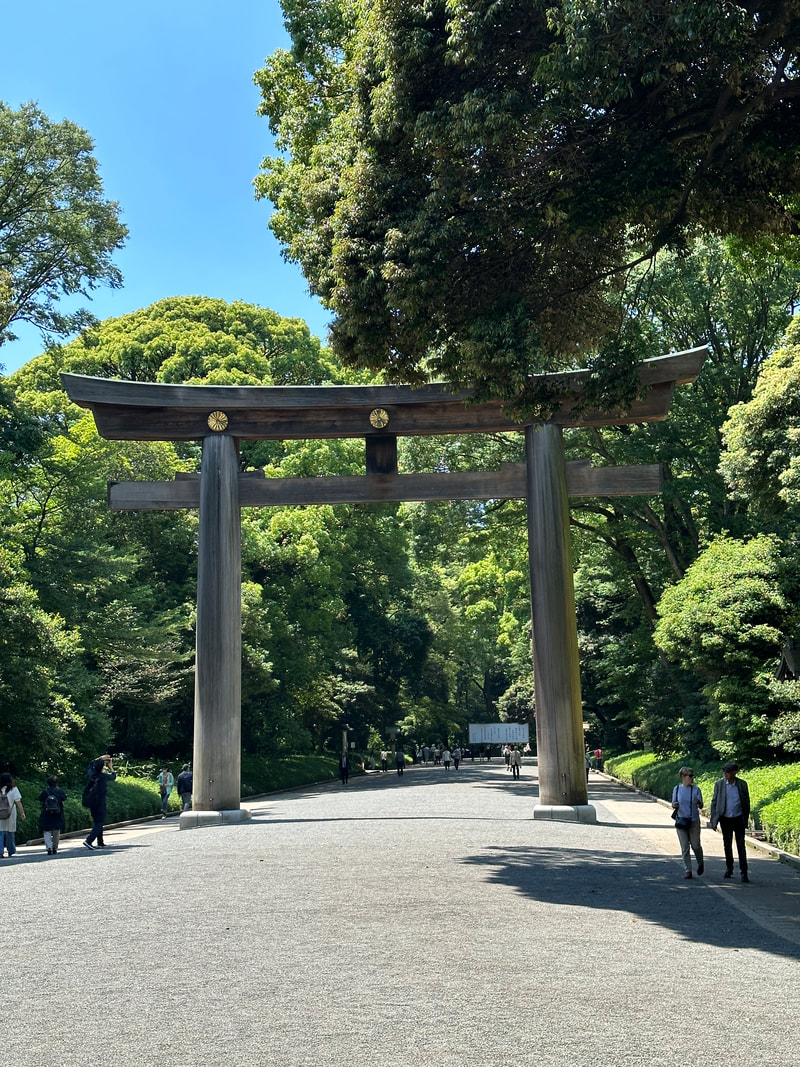
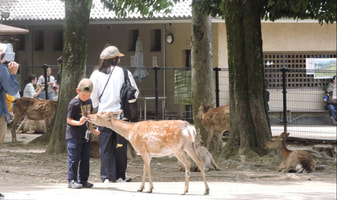
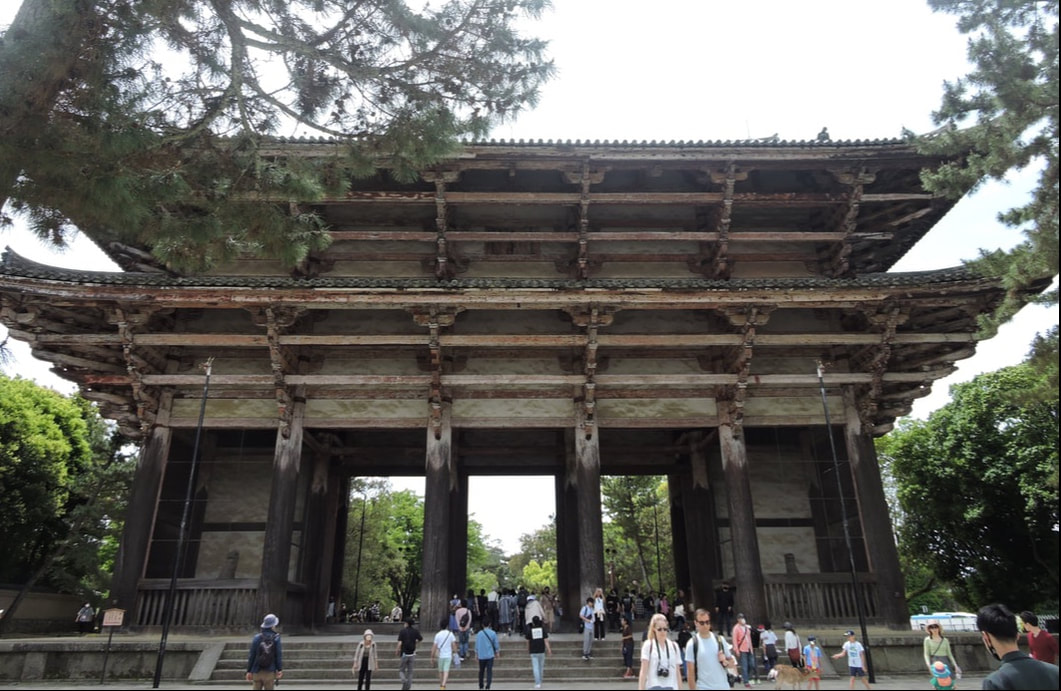
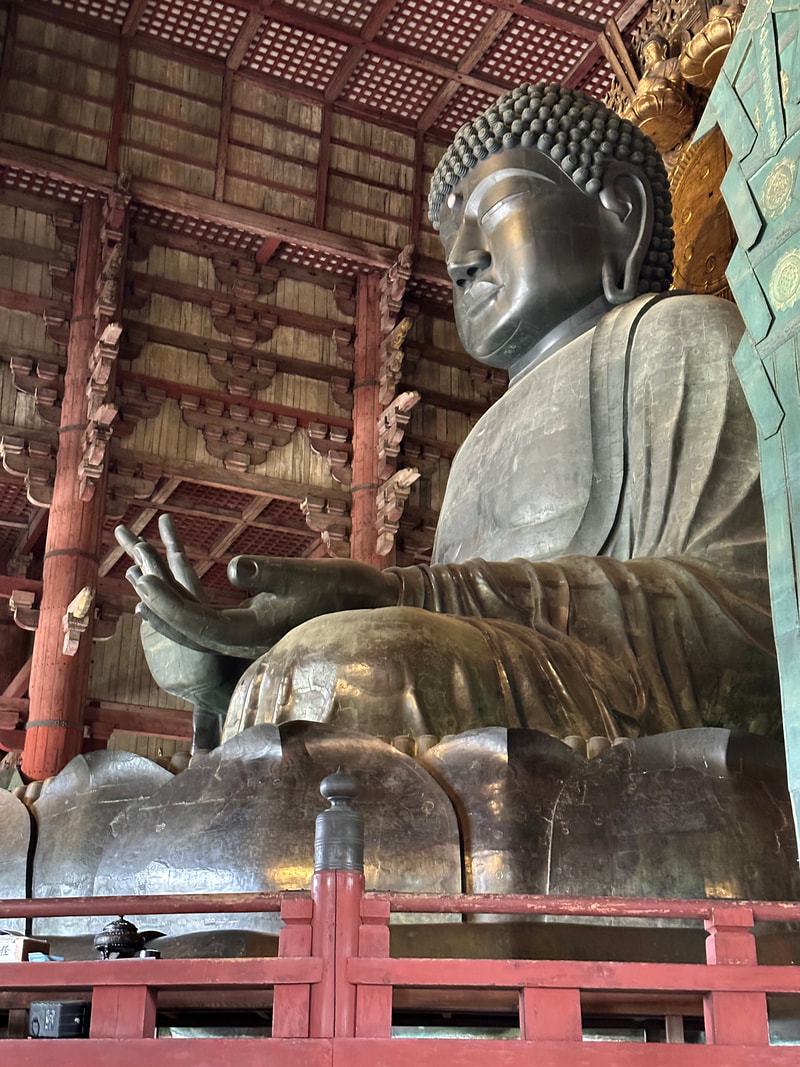
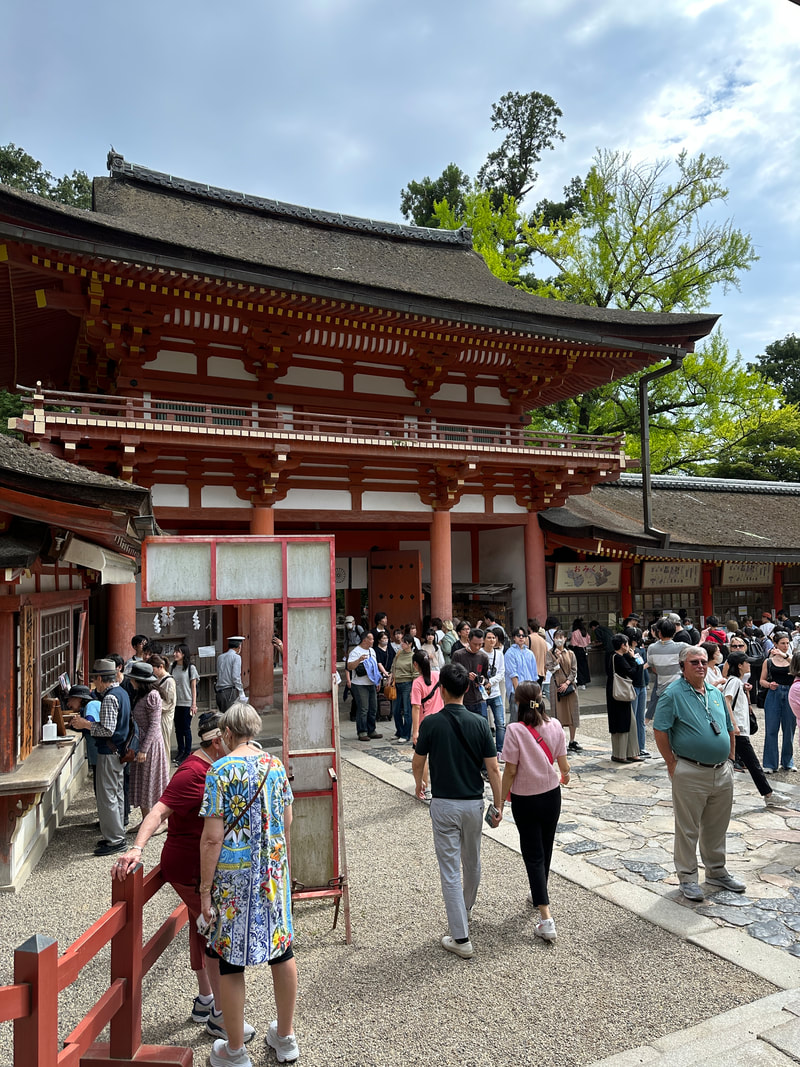
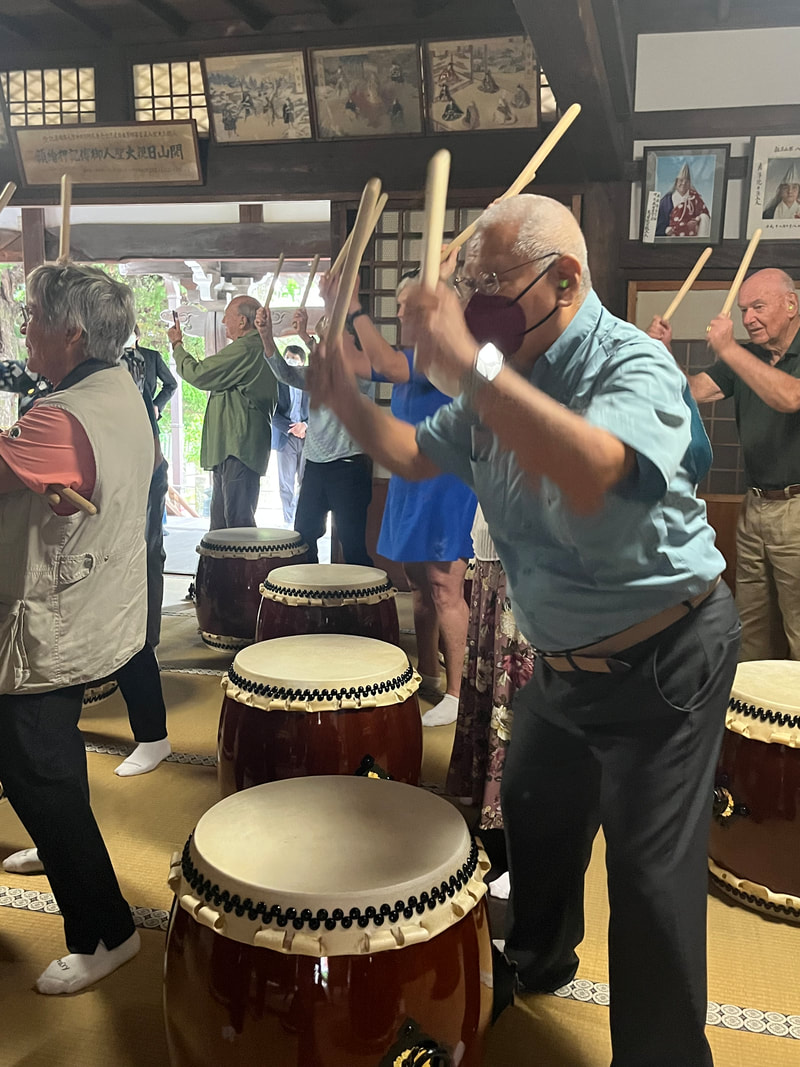

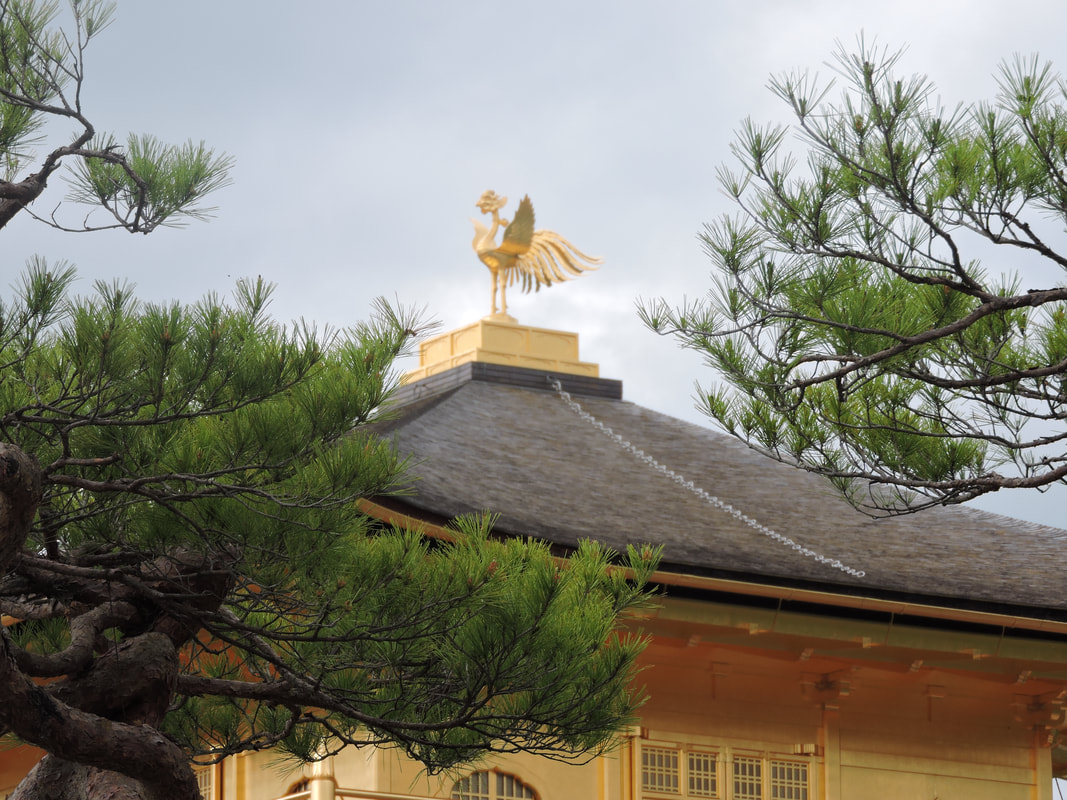

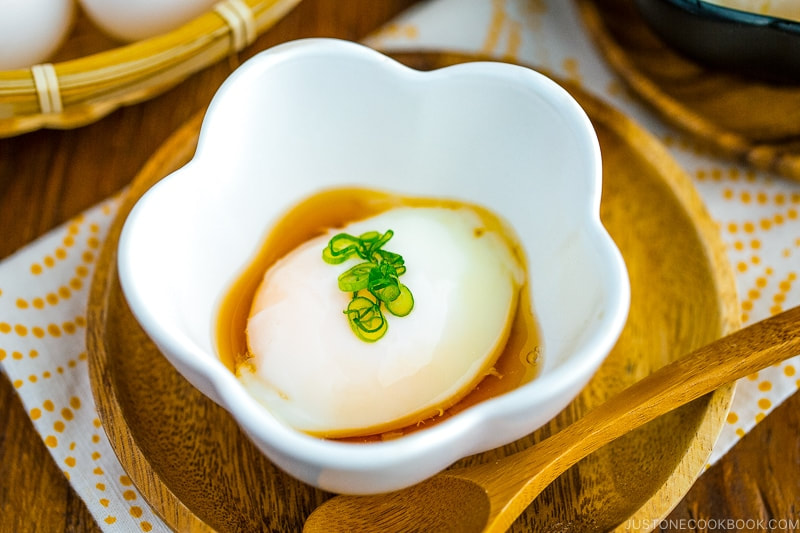
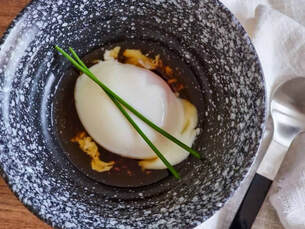
 RSS Feed
RSS Feed